Building Community by Reimagining Care with Brent Asplin, Co-founder and CEO of Gather Health
Some of our clients



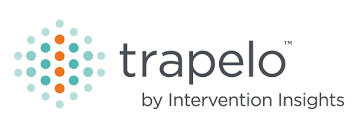


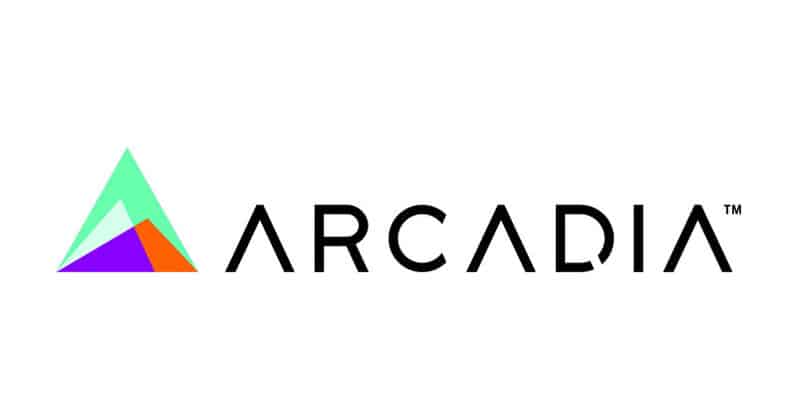
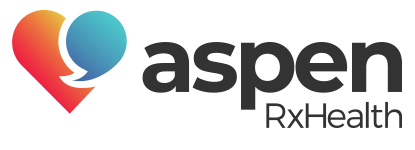


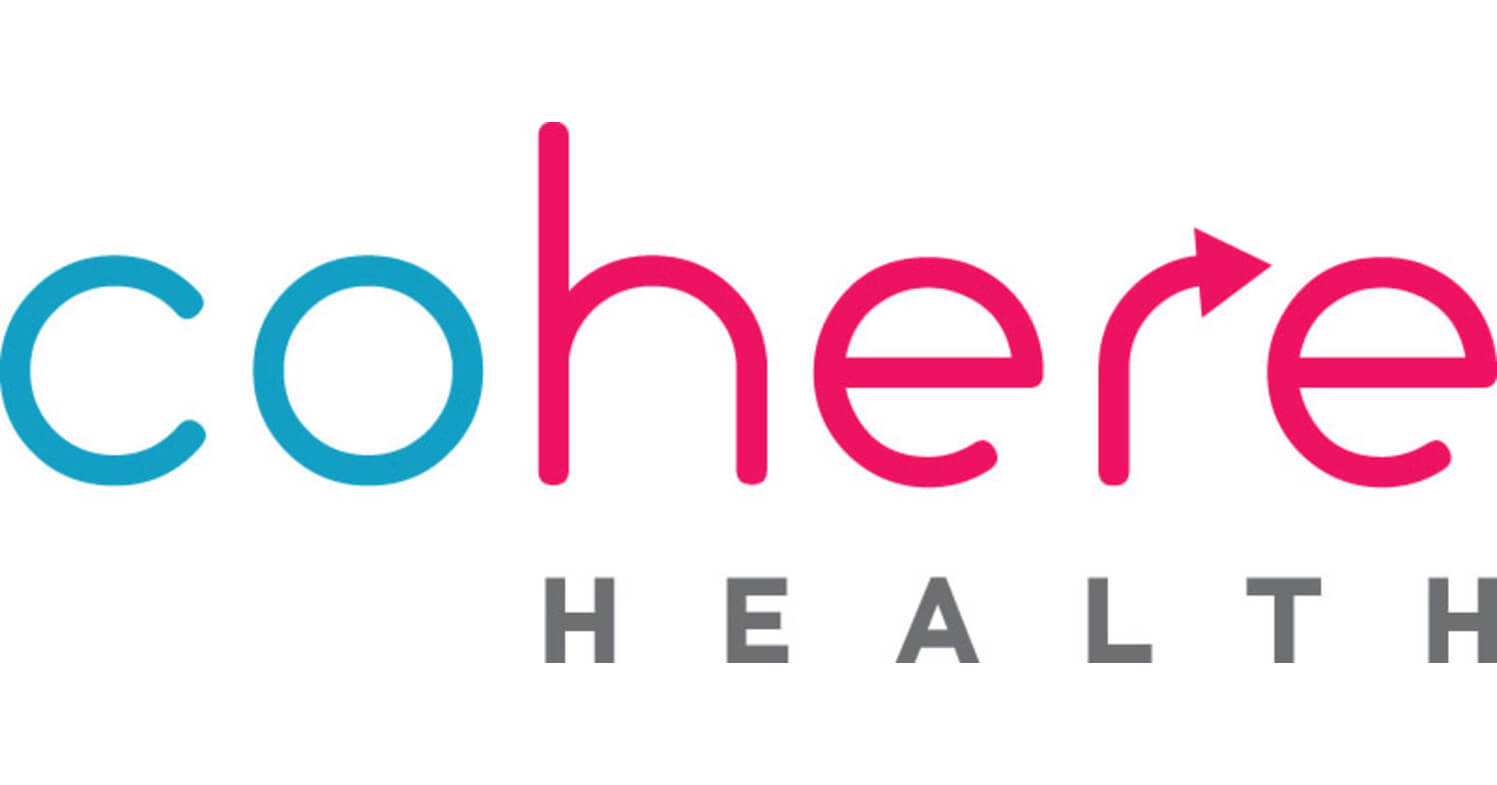
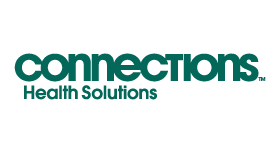




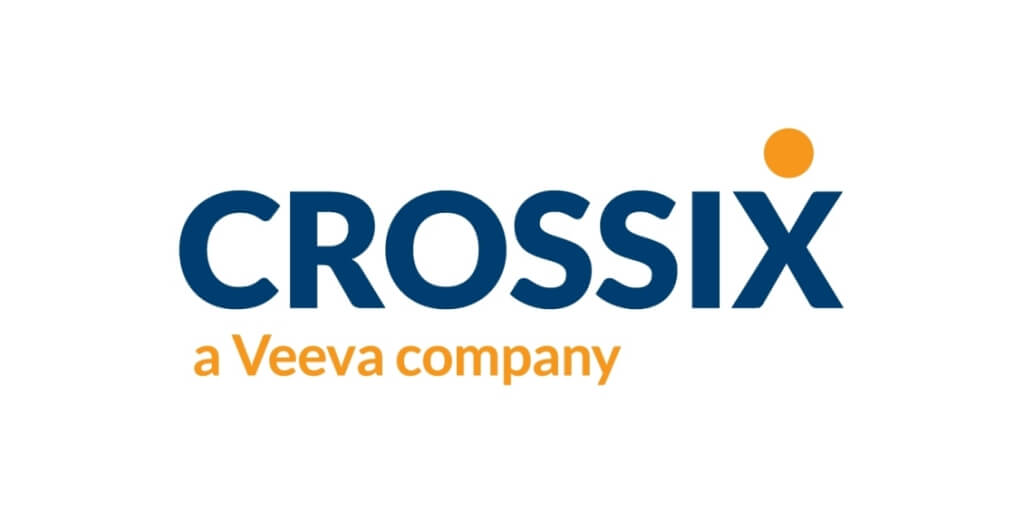
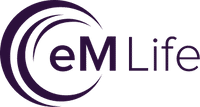
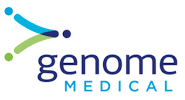
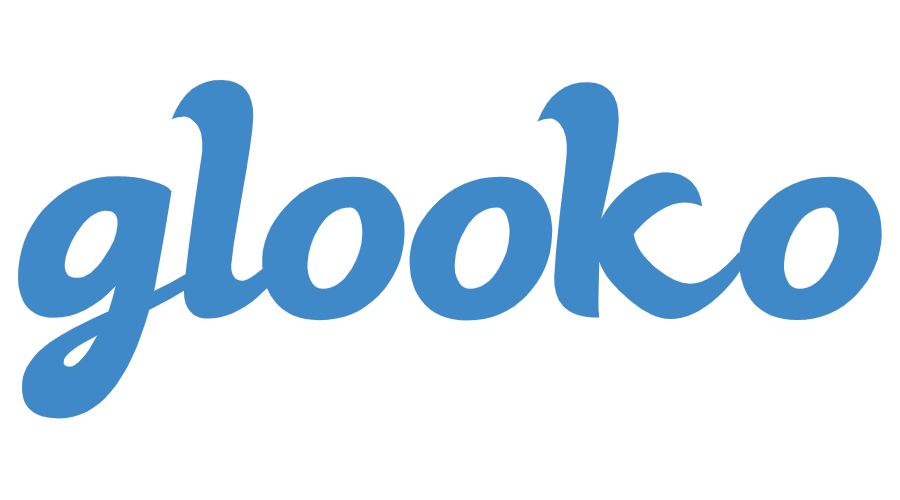
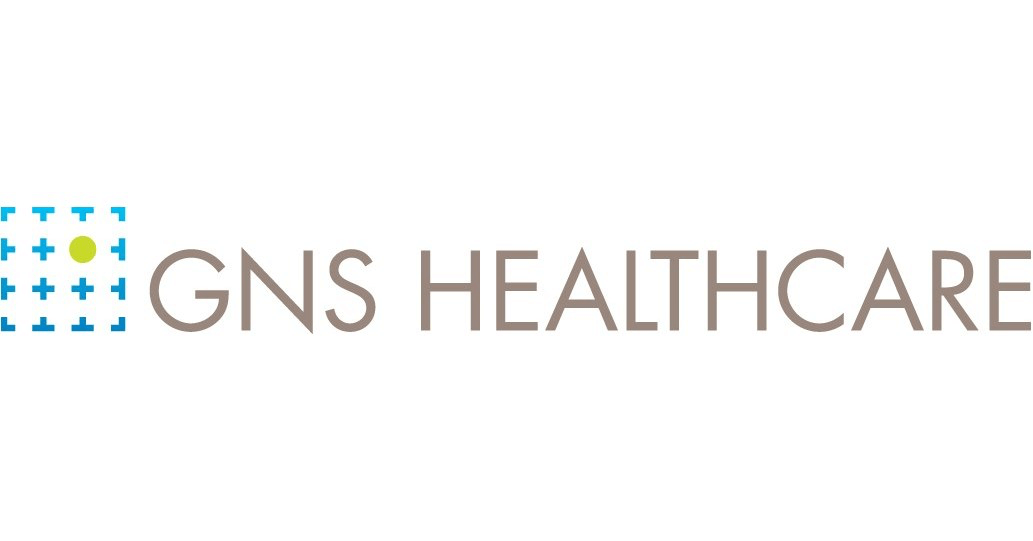






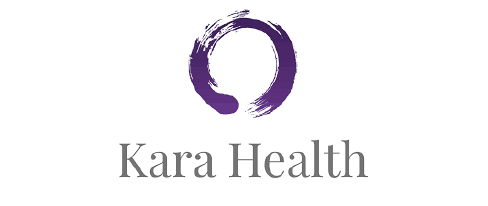

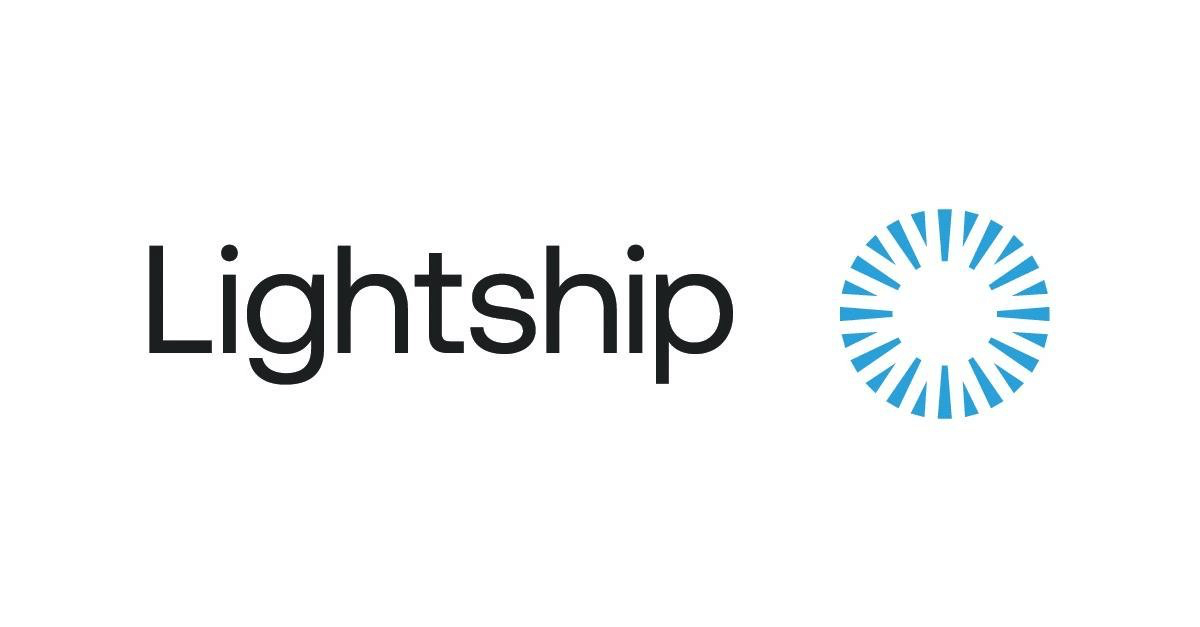
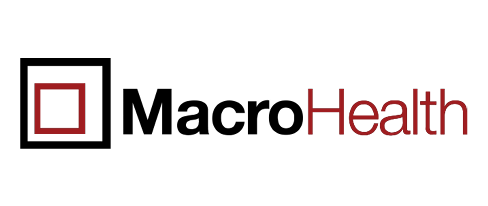
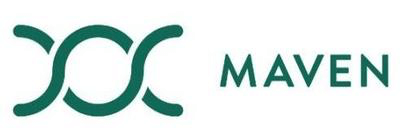
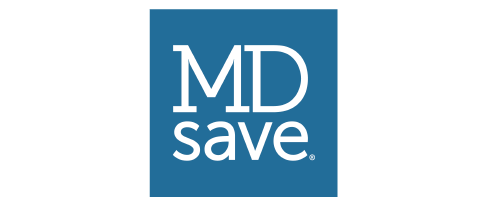

















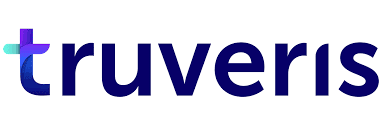

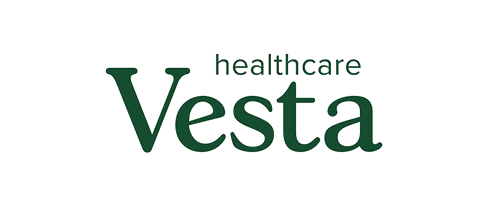
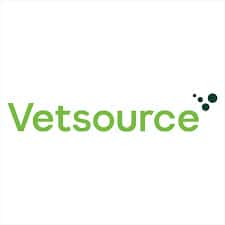
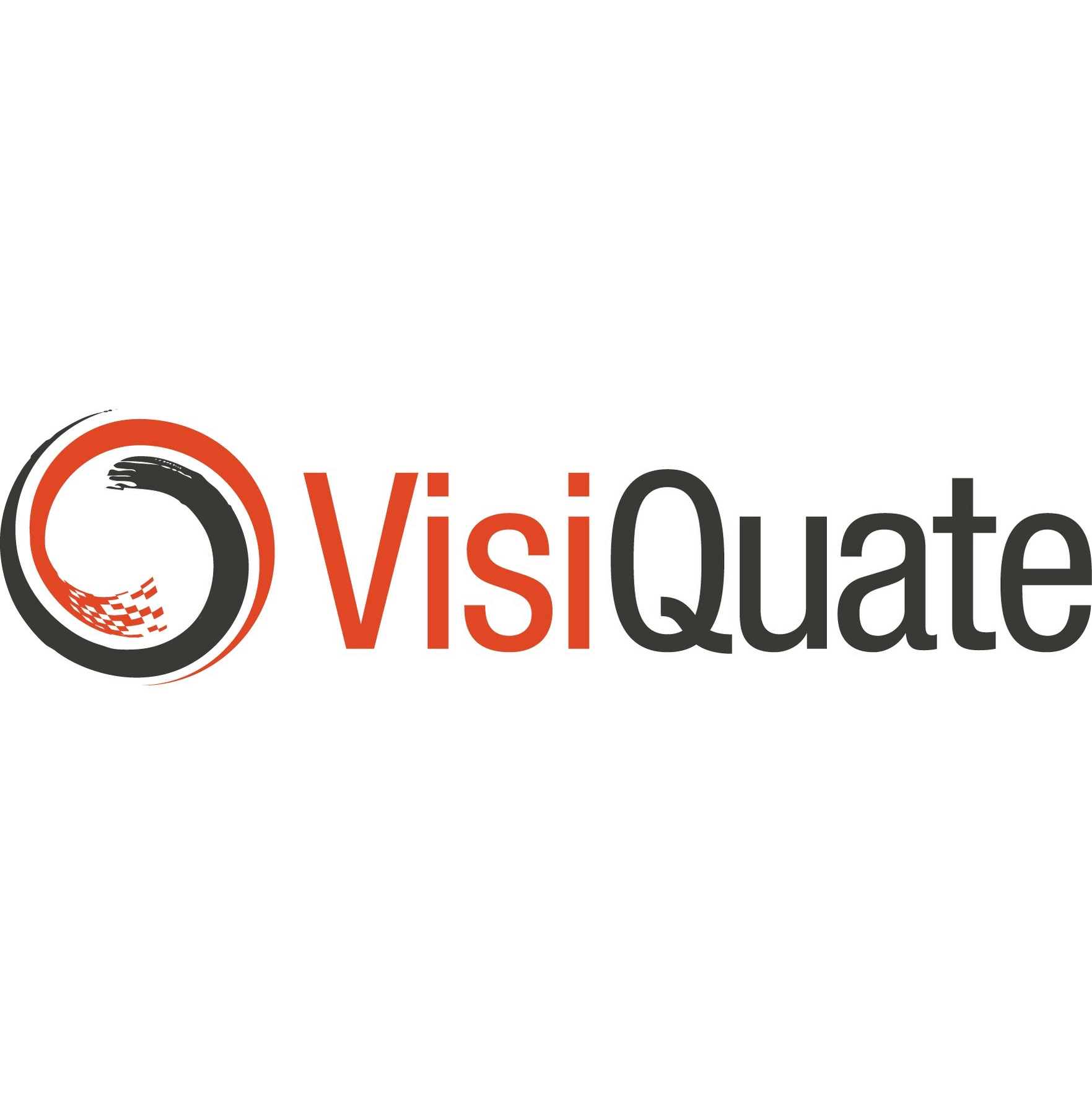
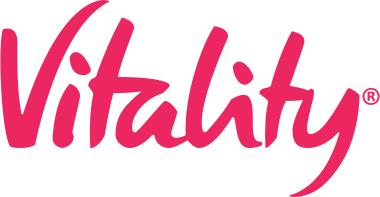


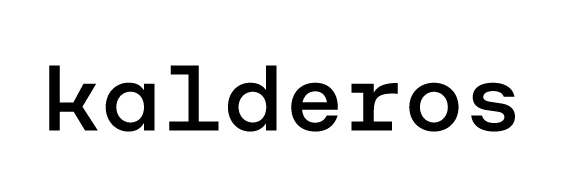




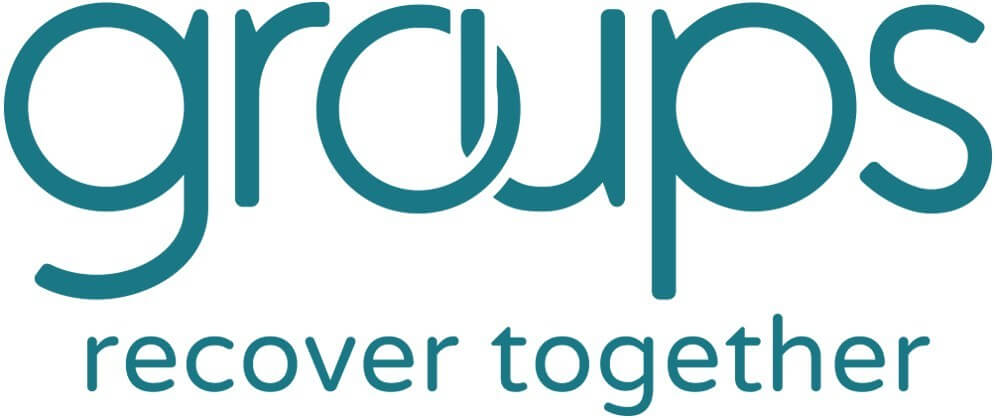

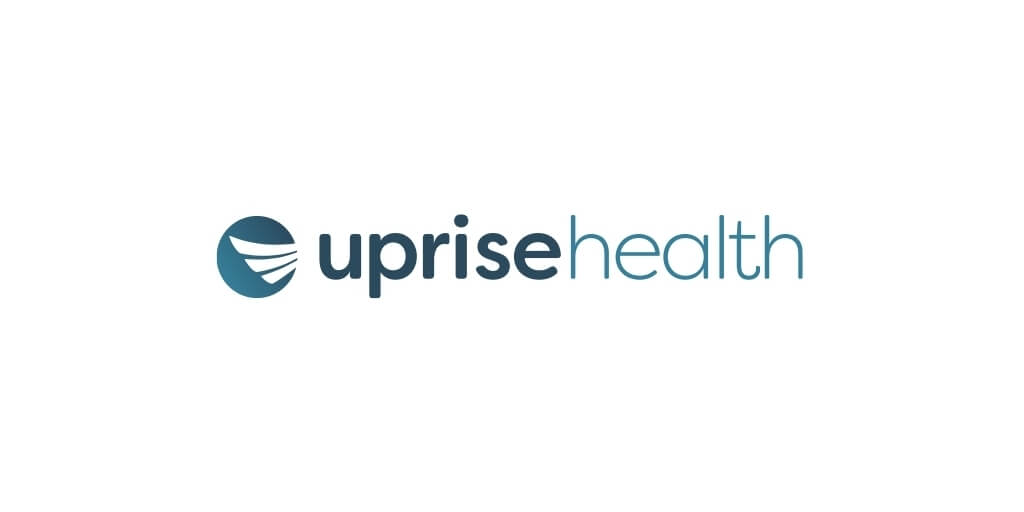


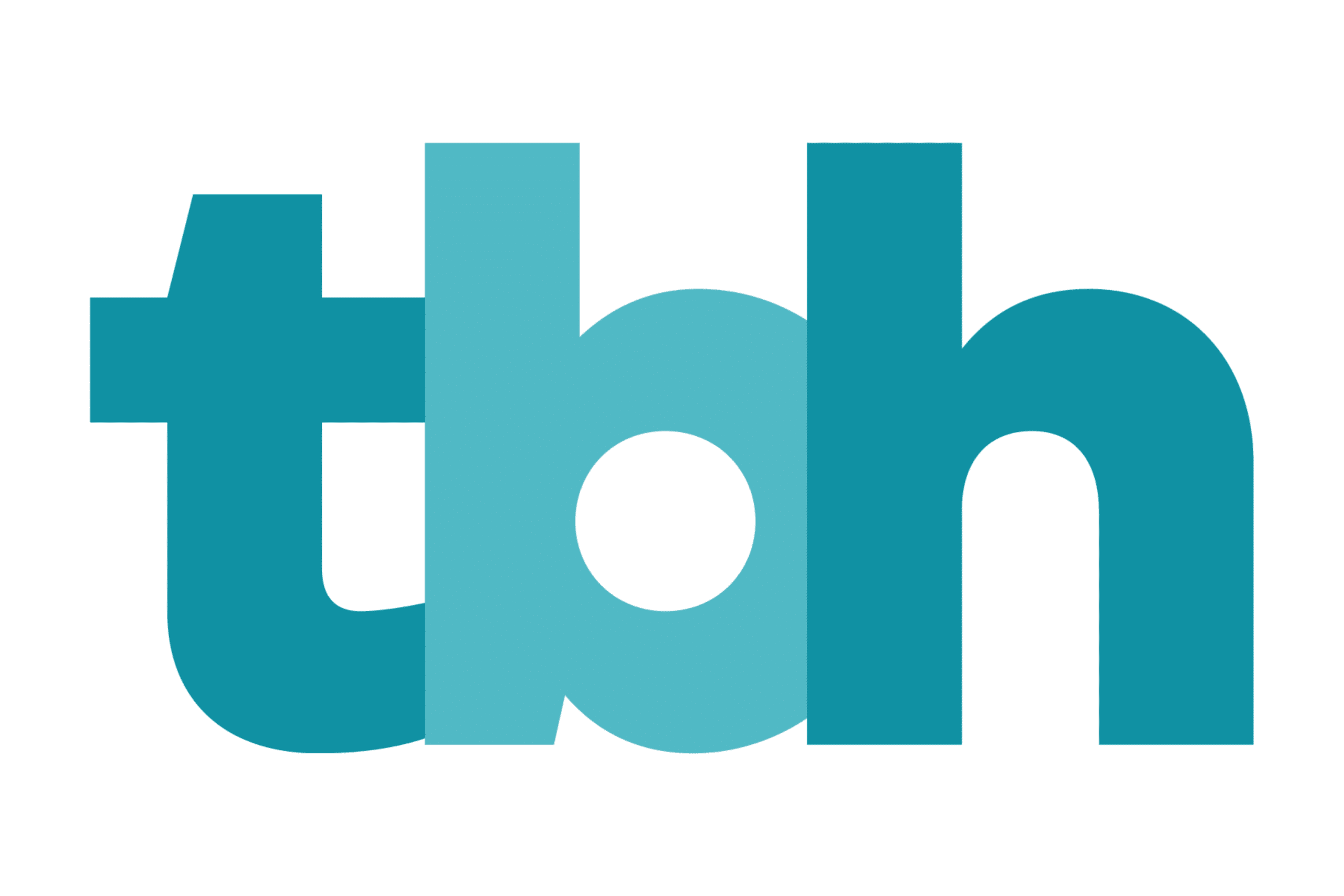


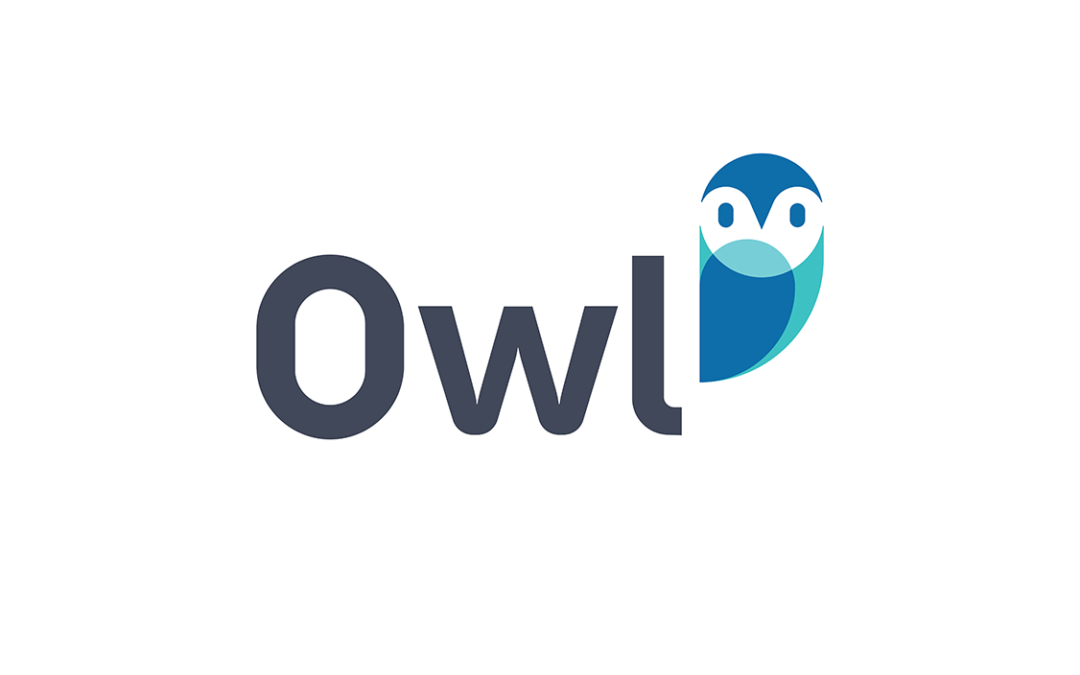


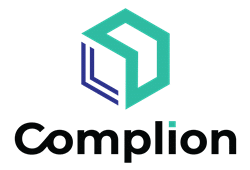
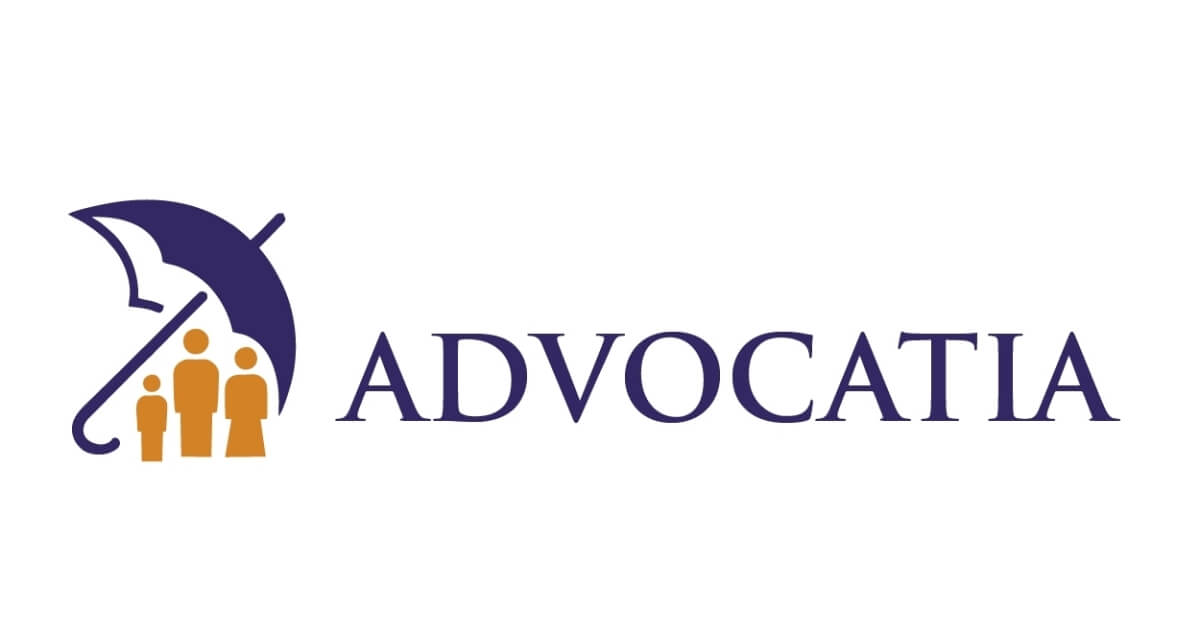
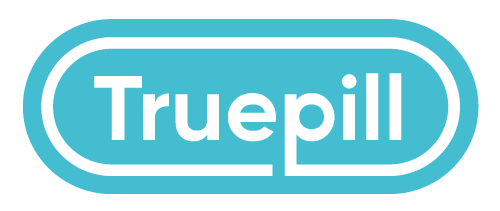
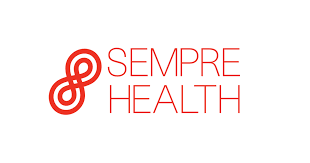
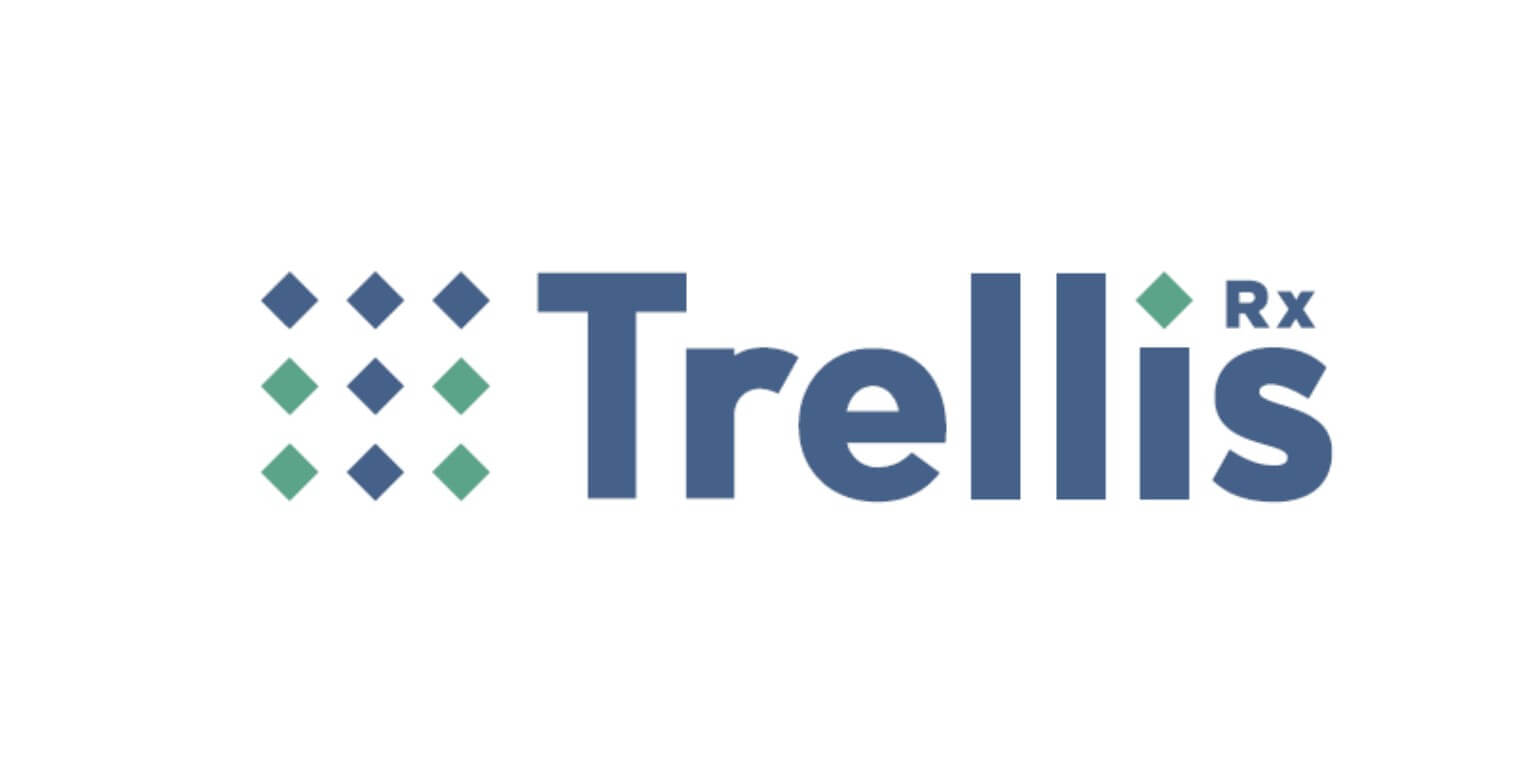

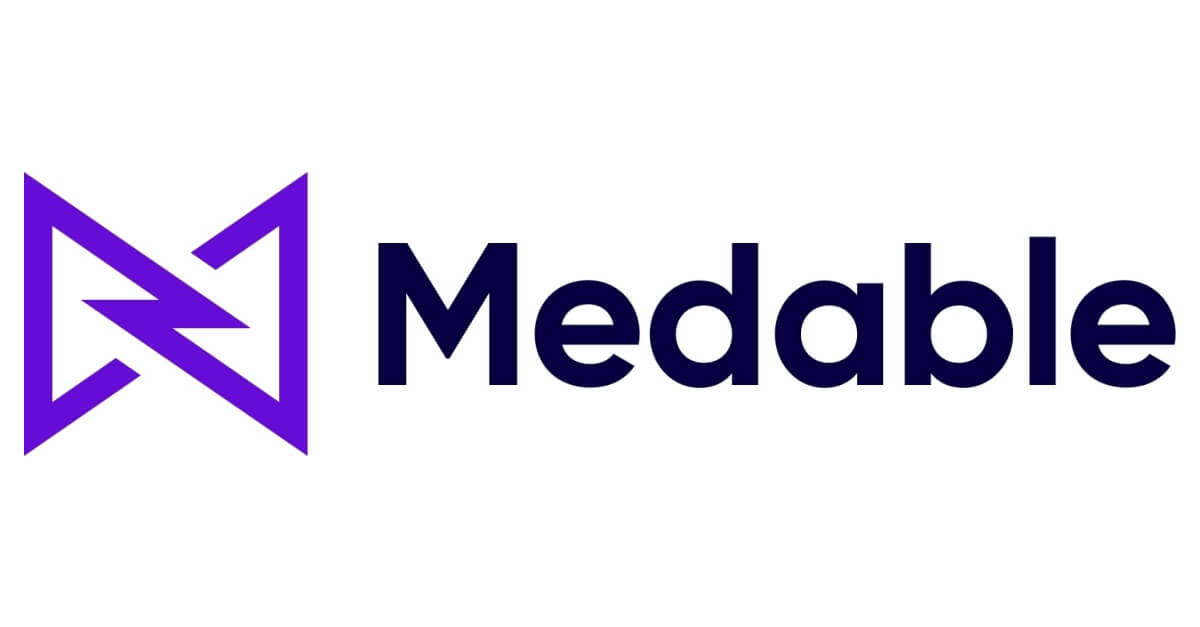


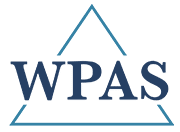

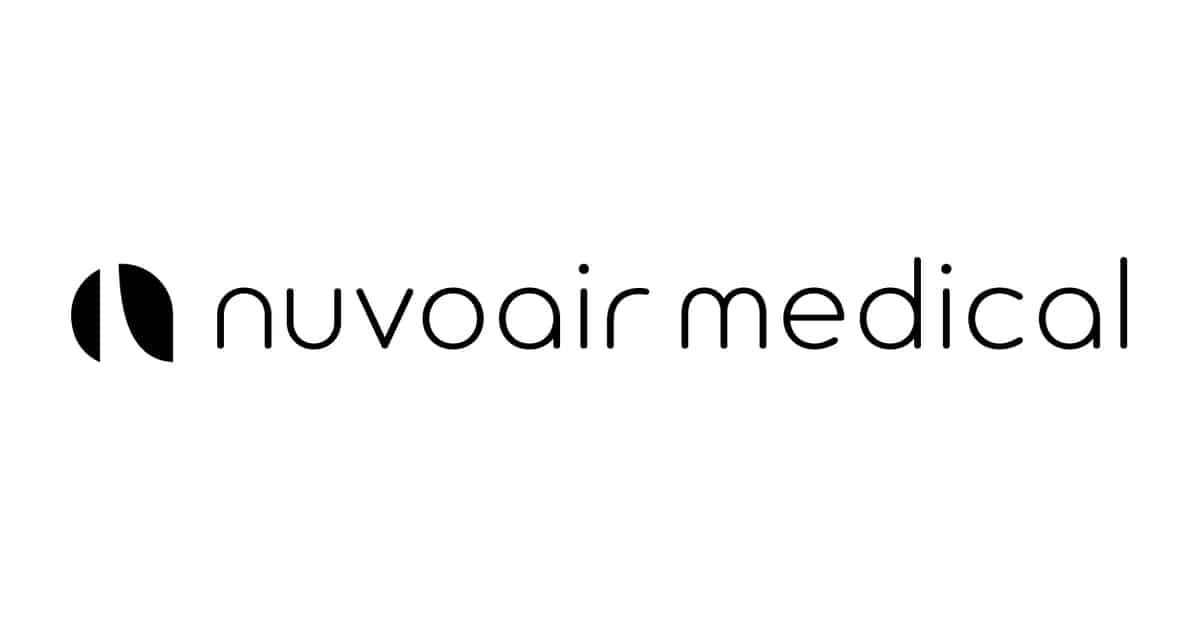
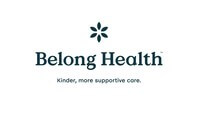

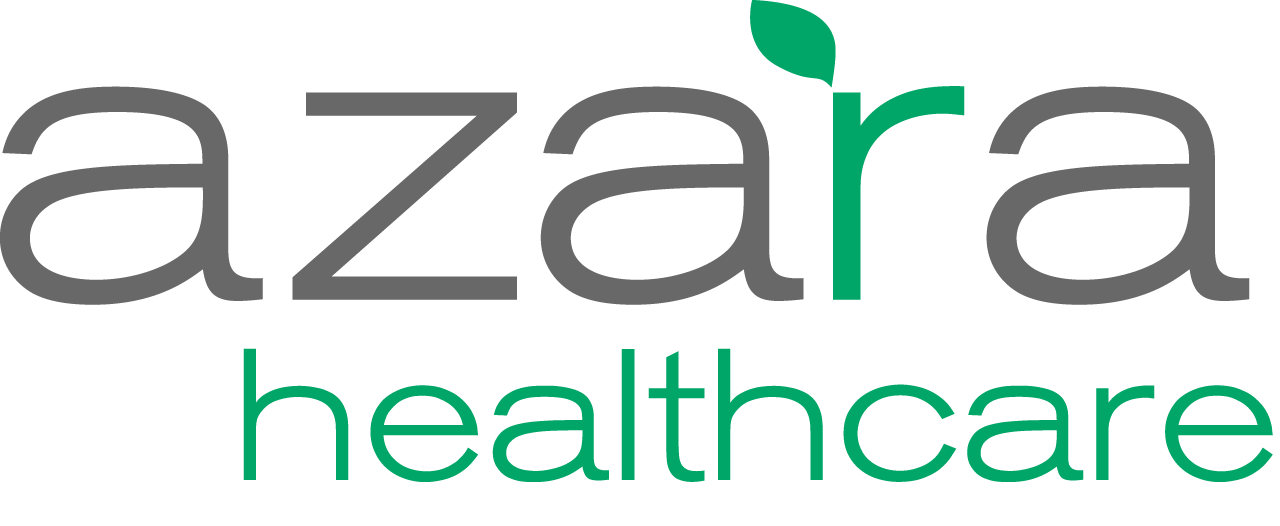


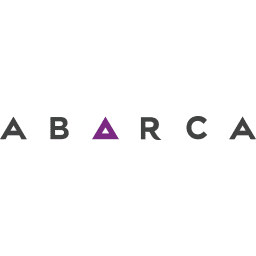




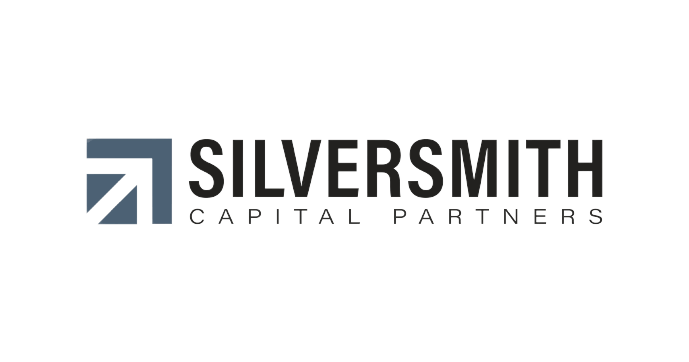
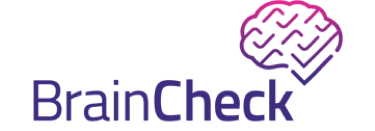

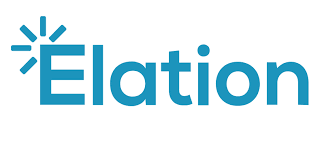
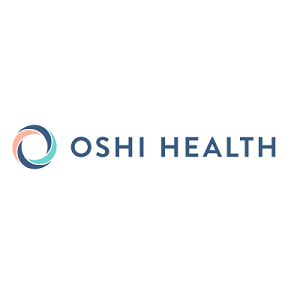
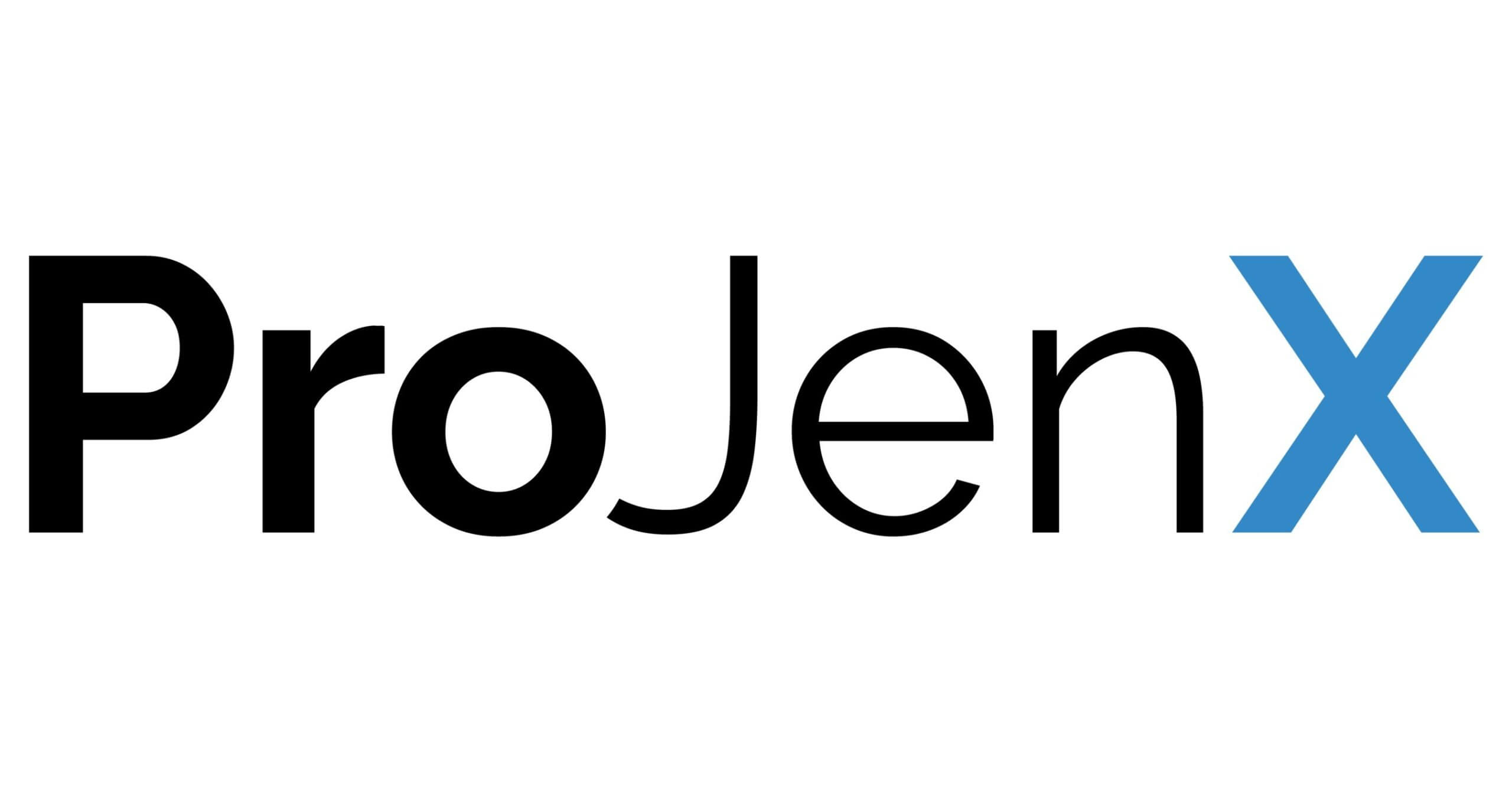




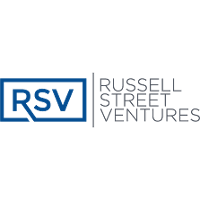

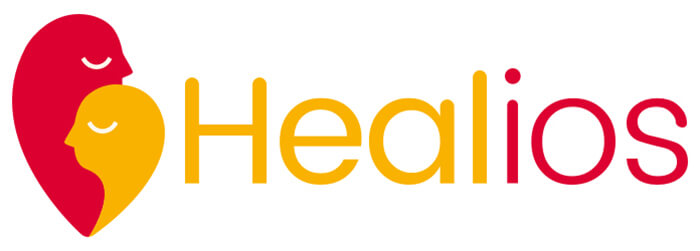

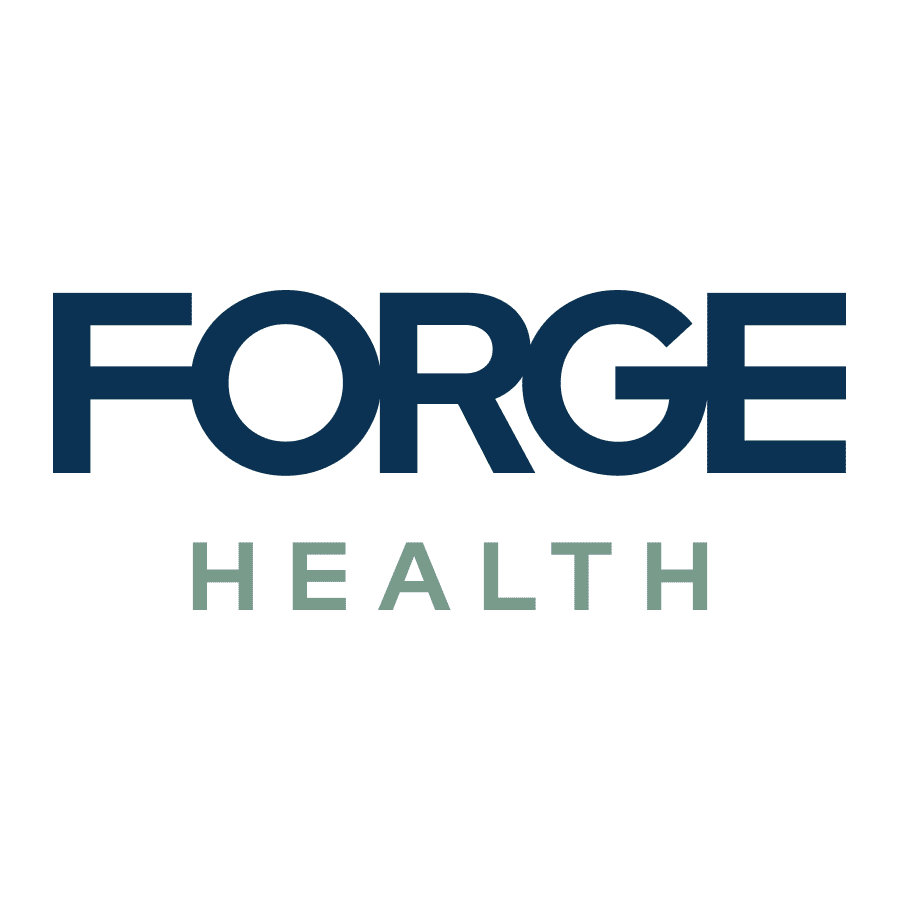
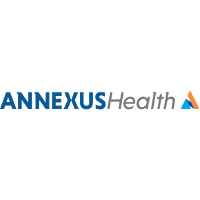
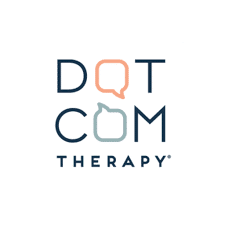
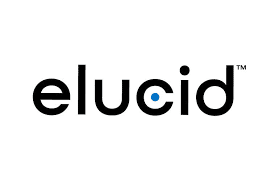
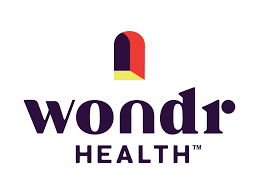
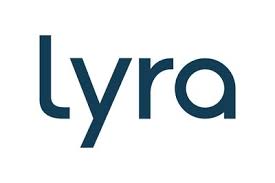
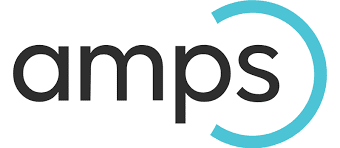



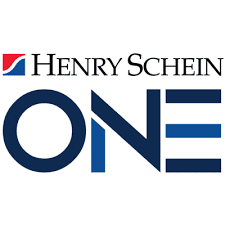

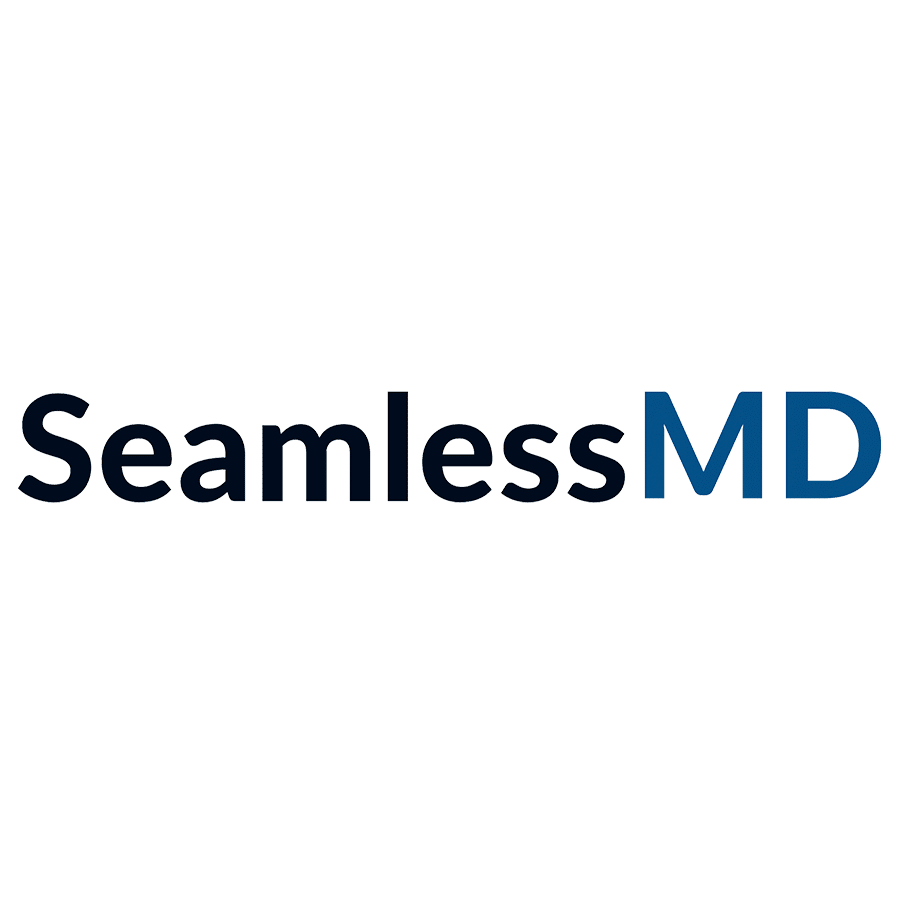
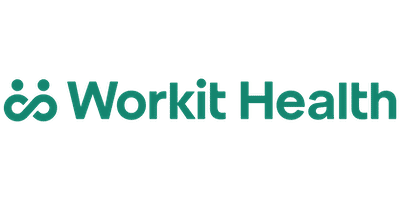







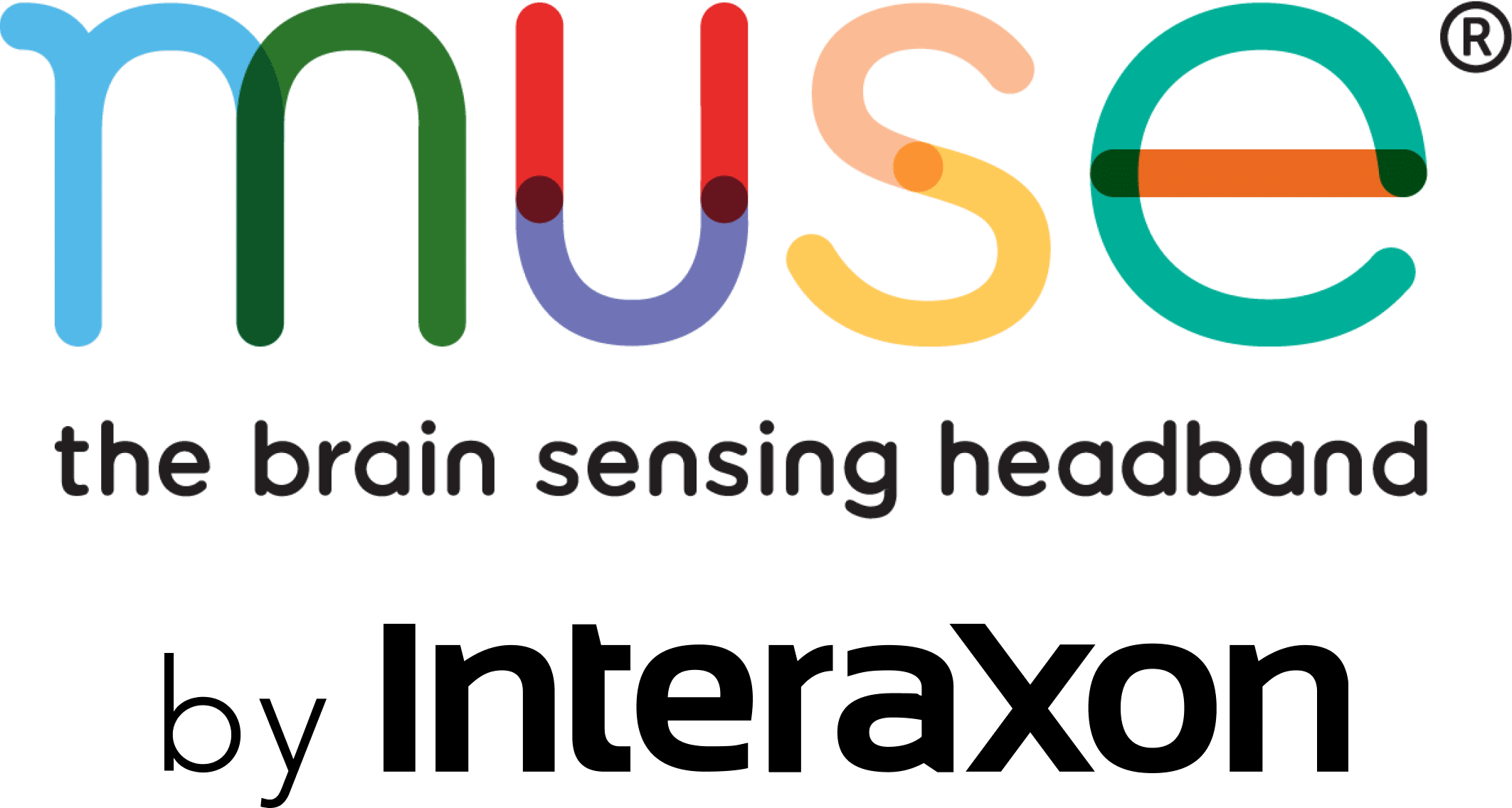

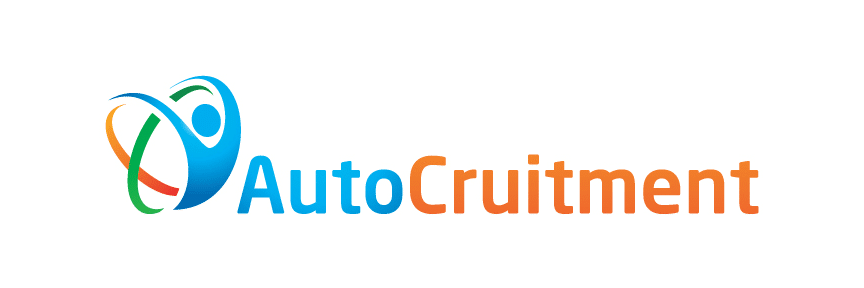
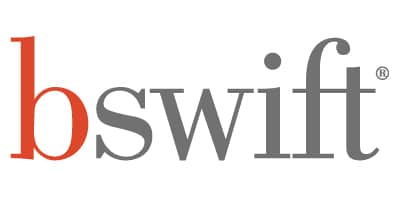

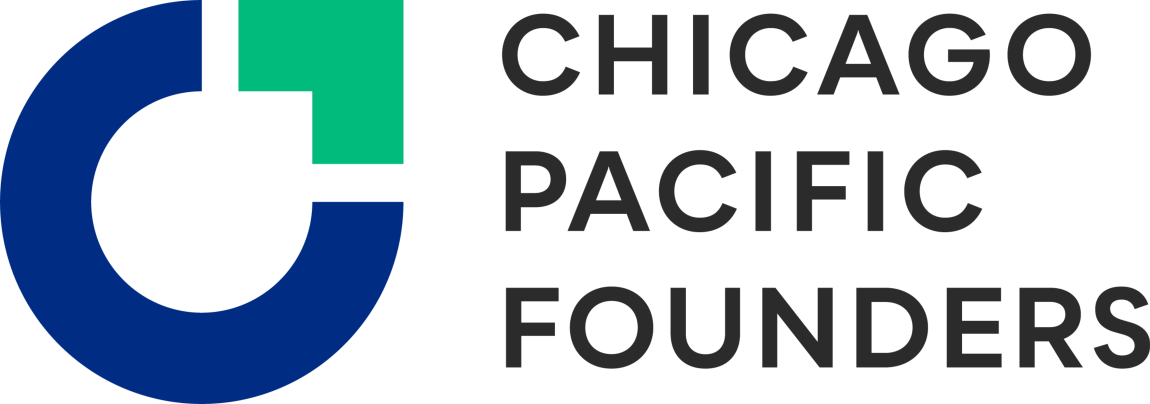

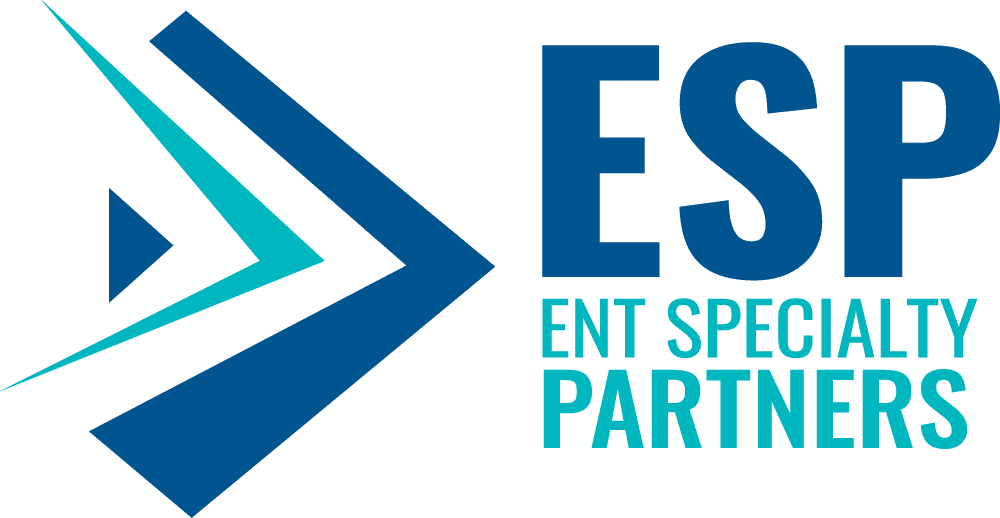
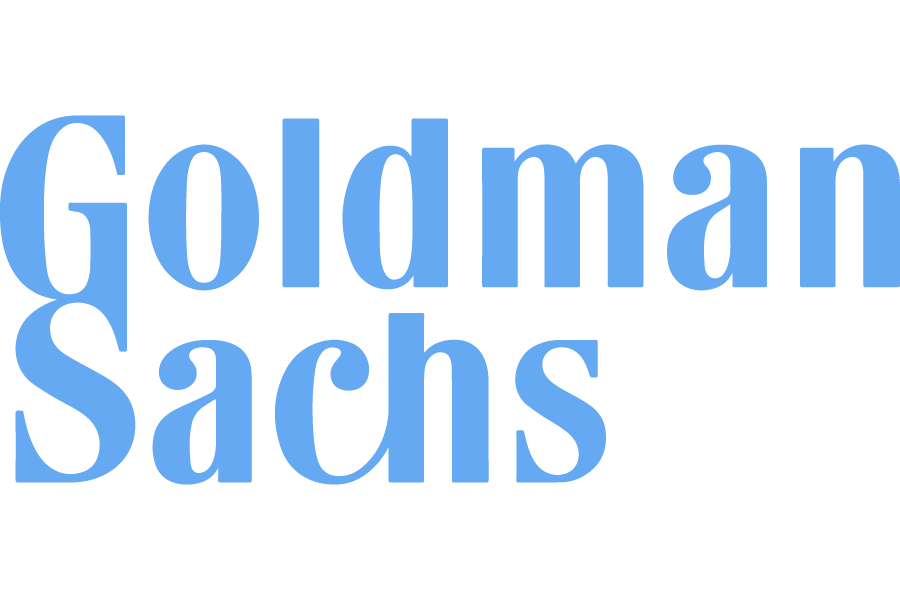
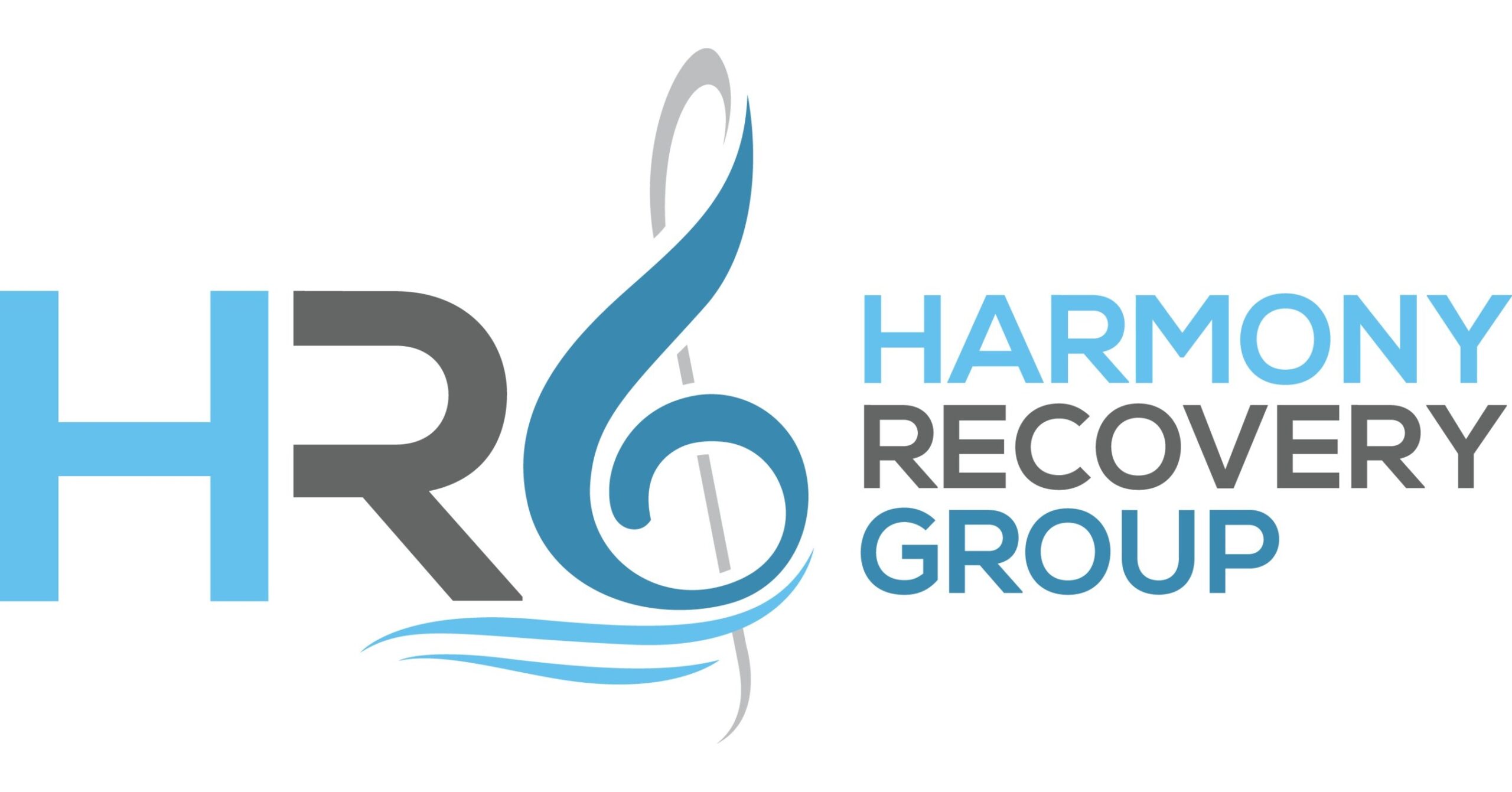
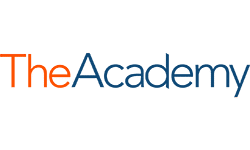
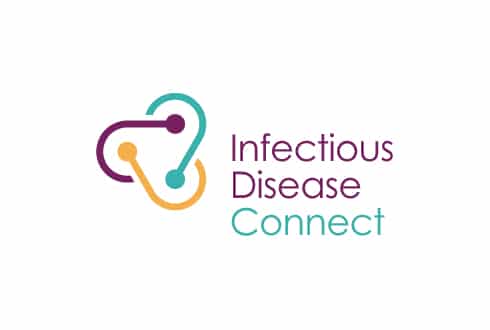
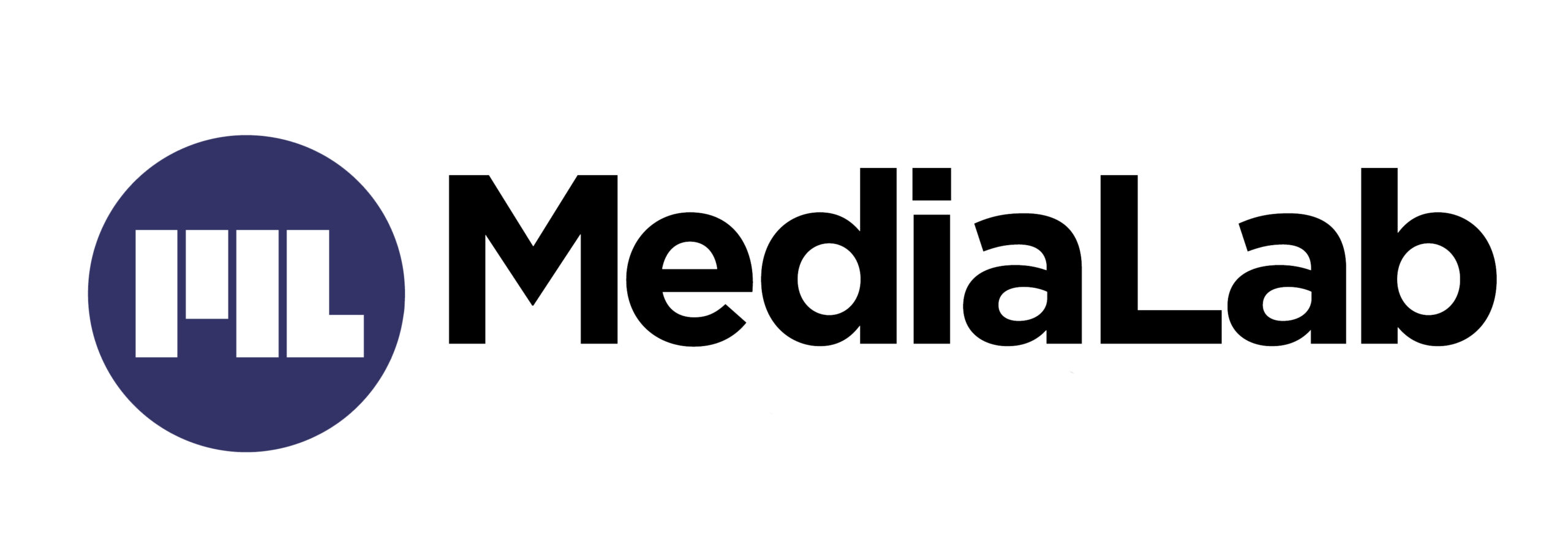

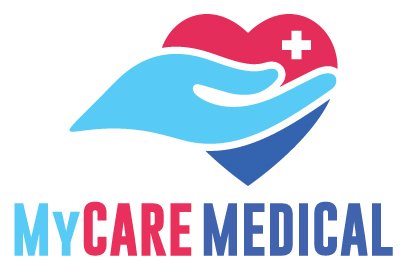



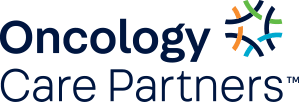

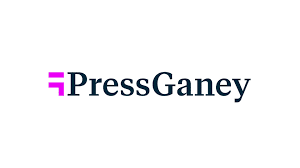
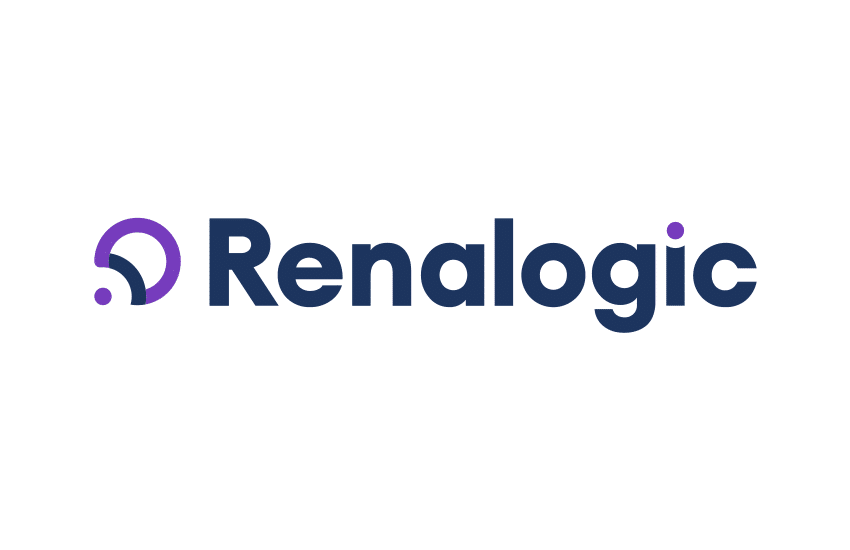

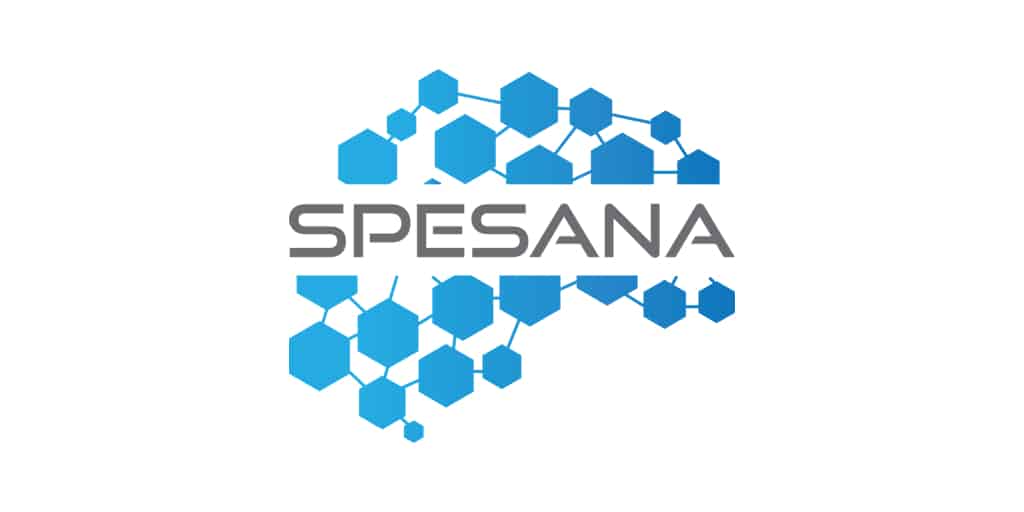
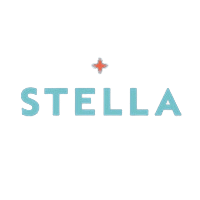
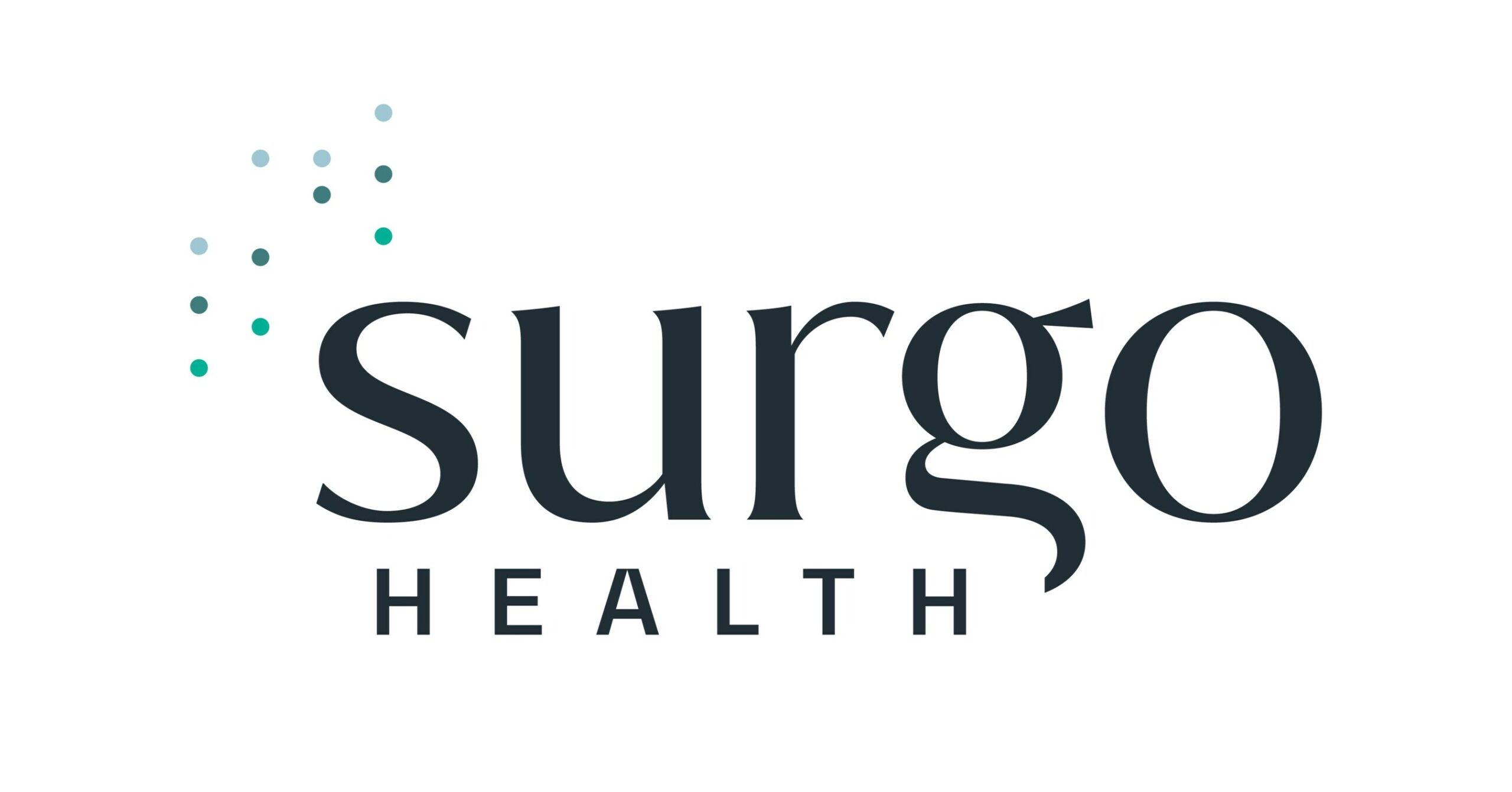

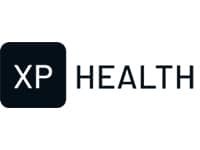
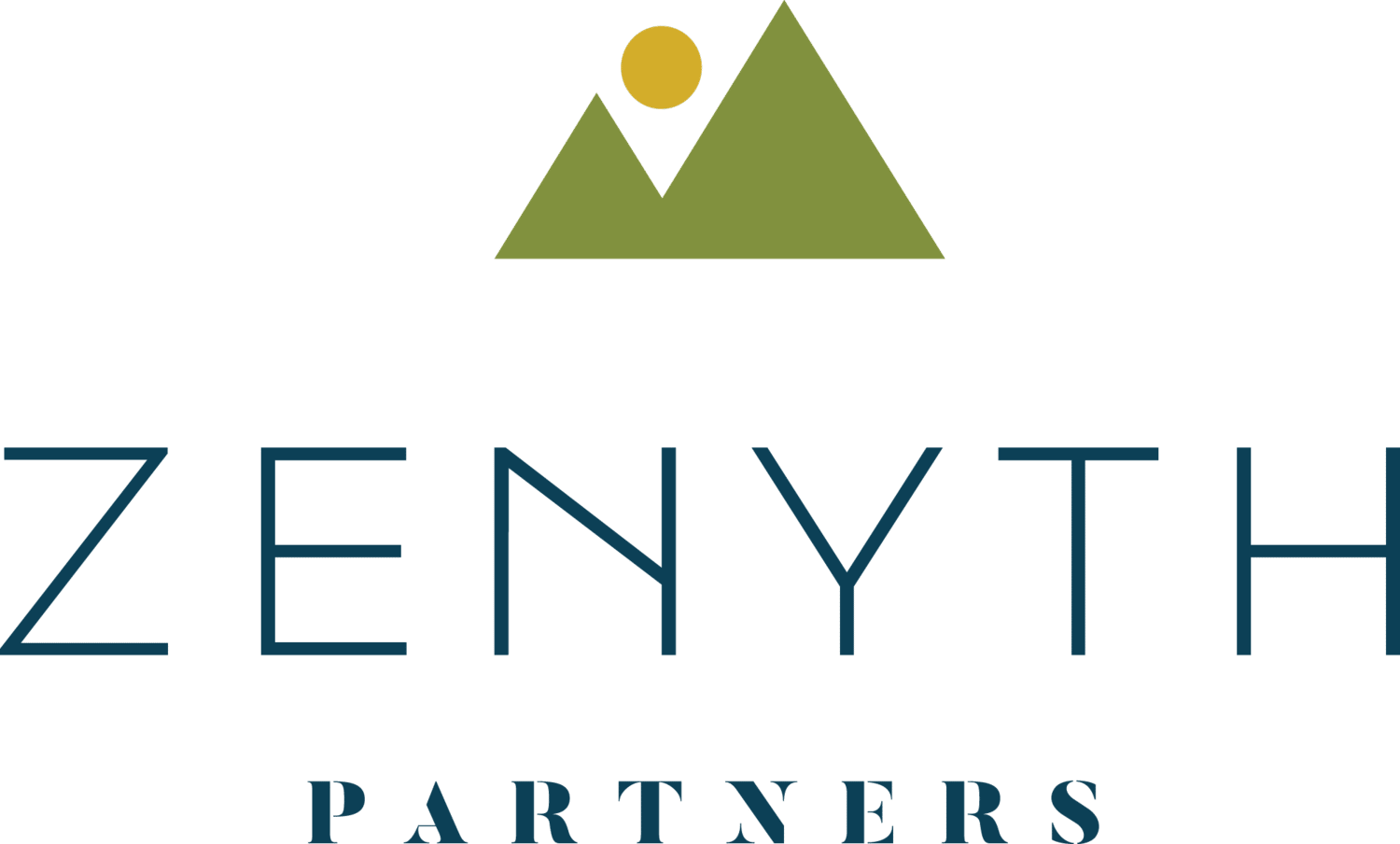

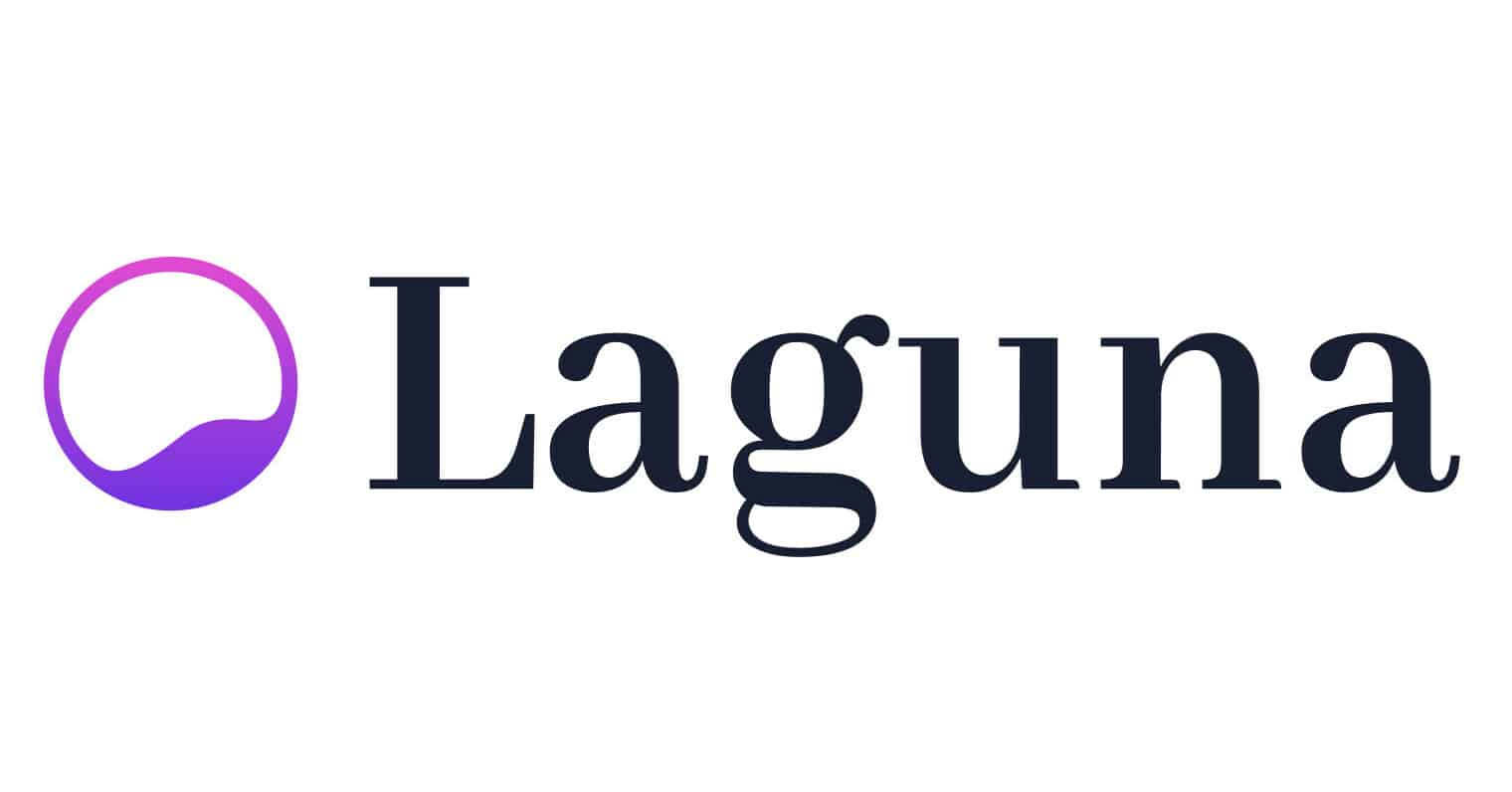

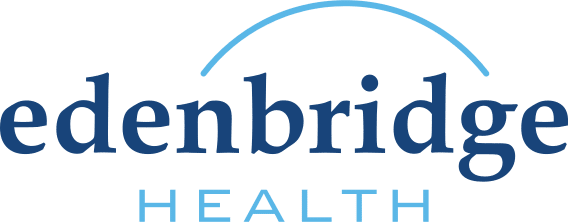
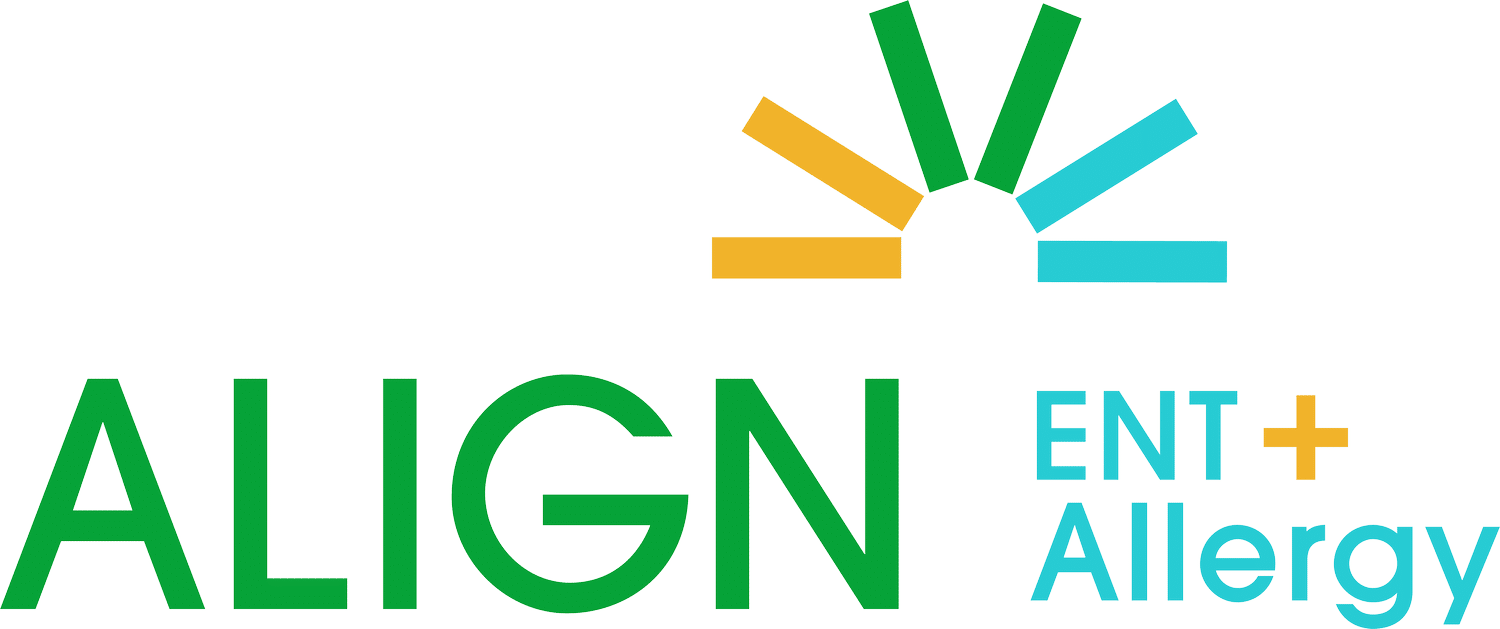
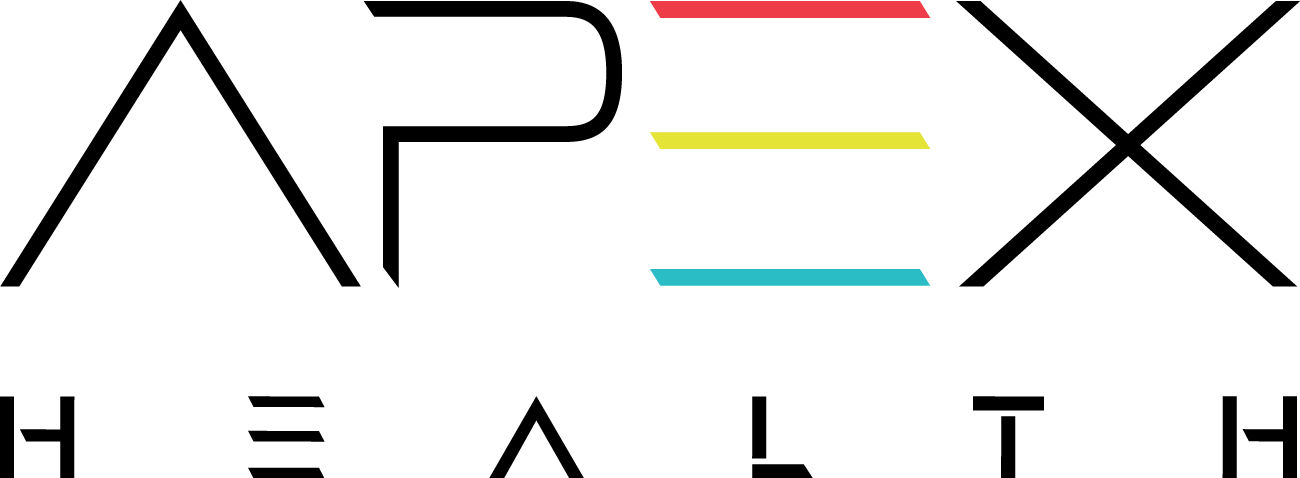




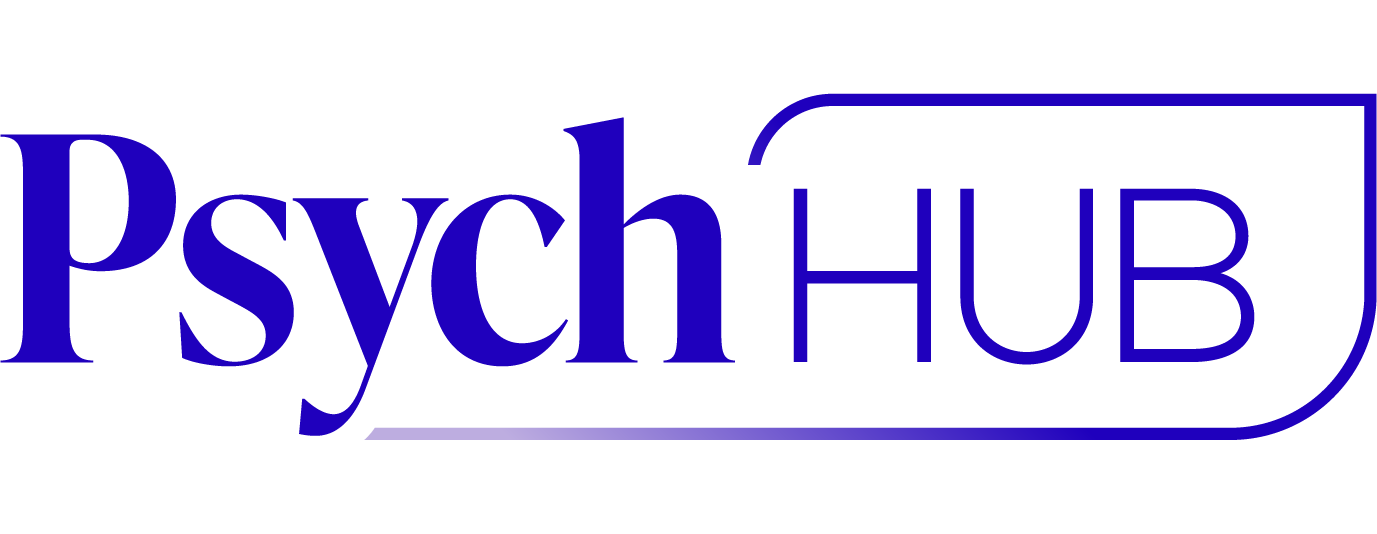
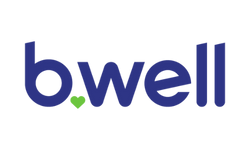




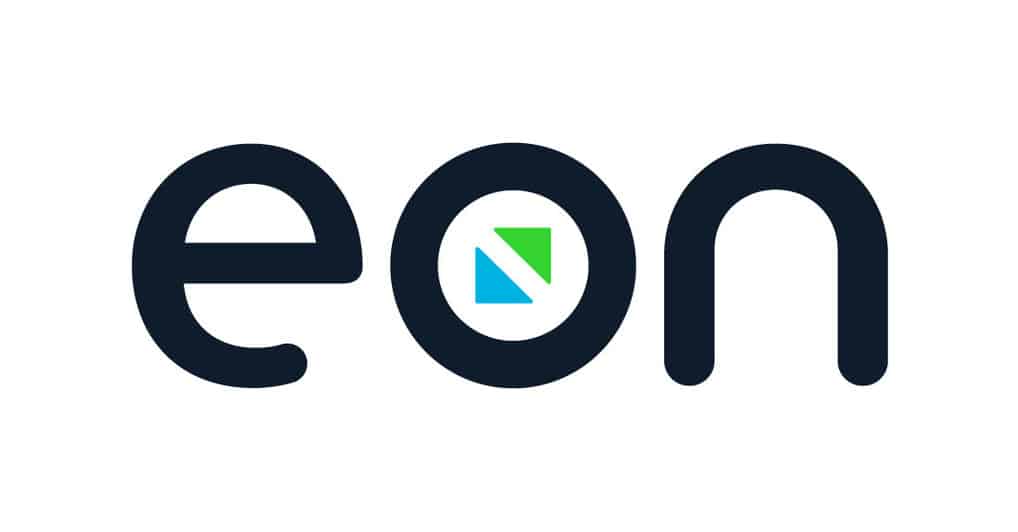

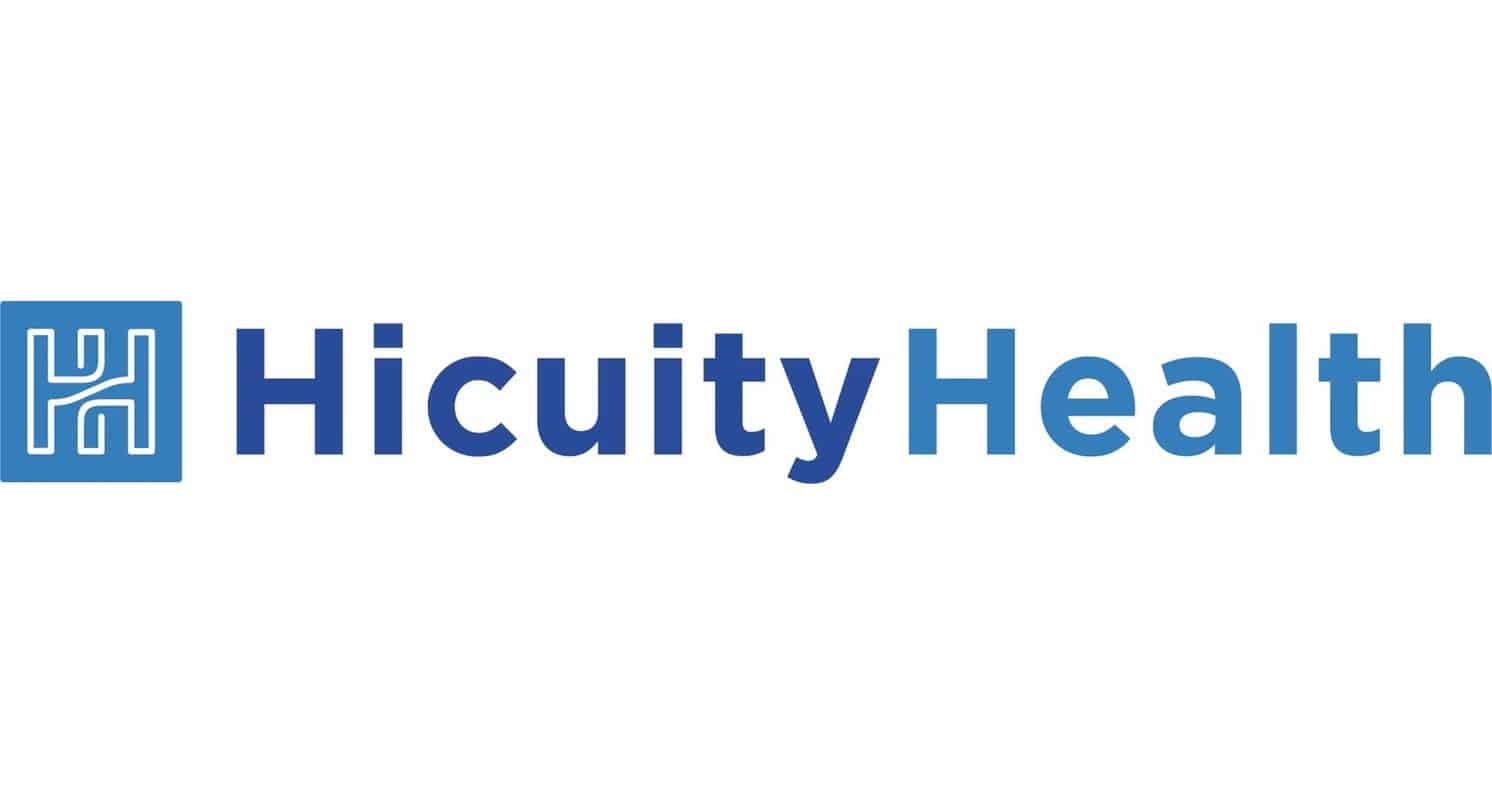



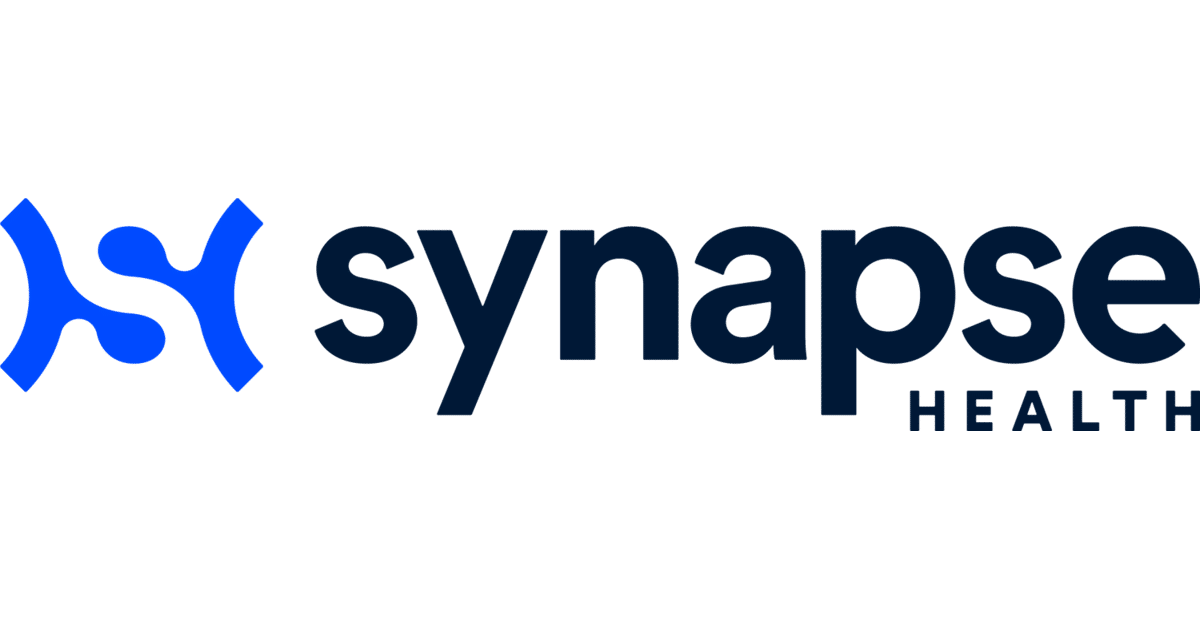
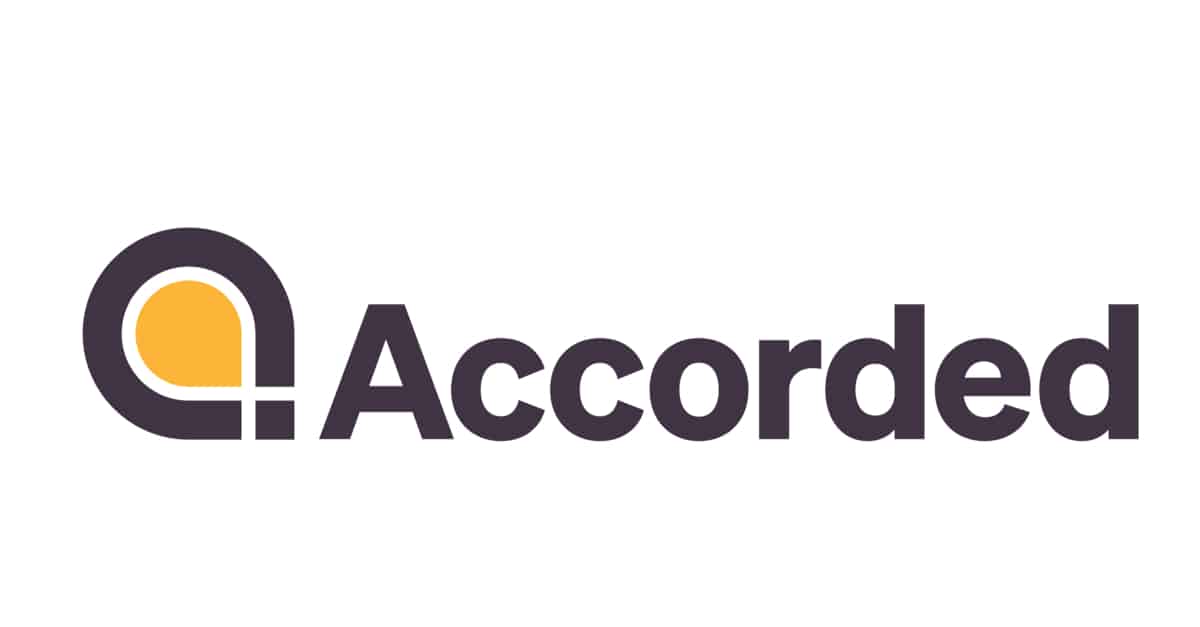


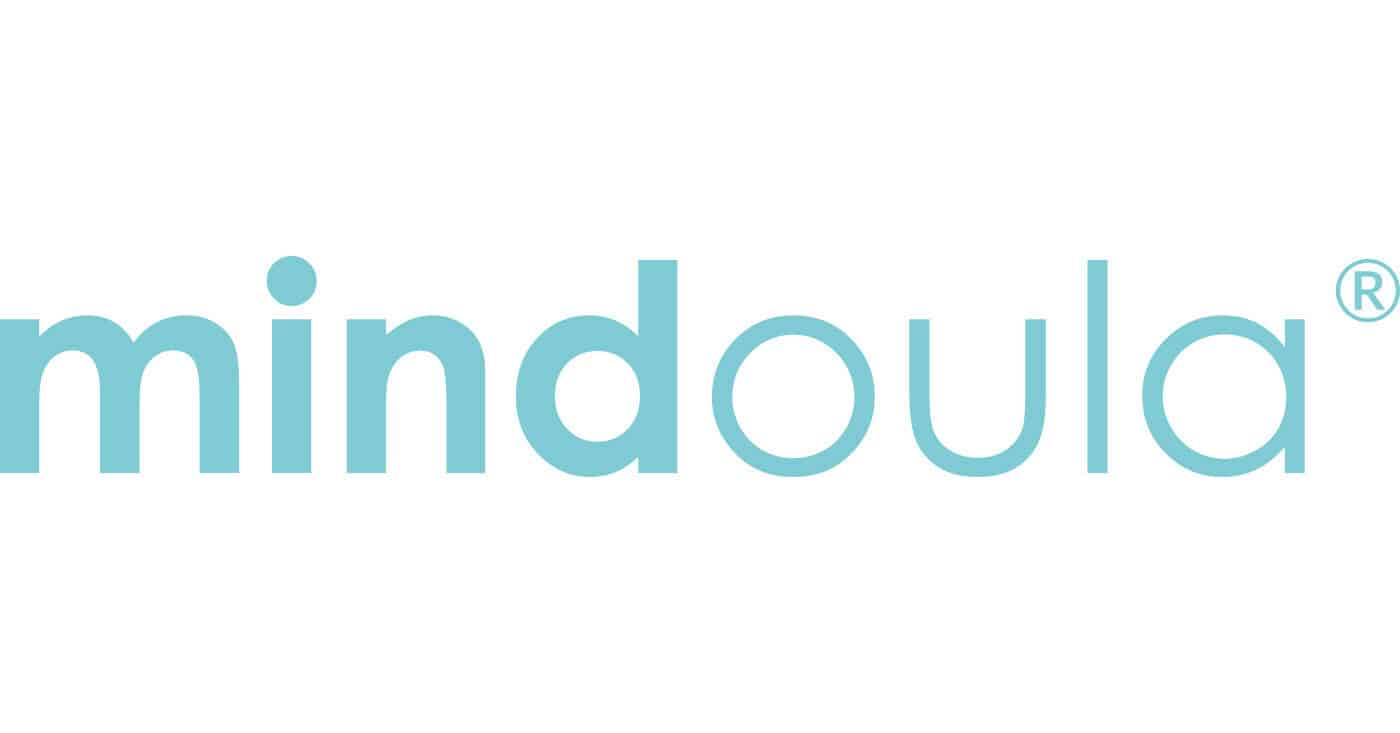


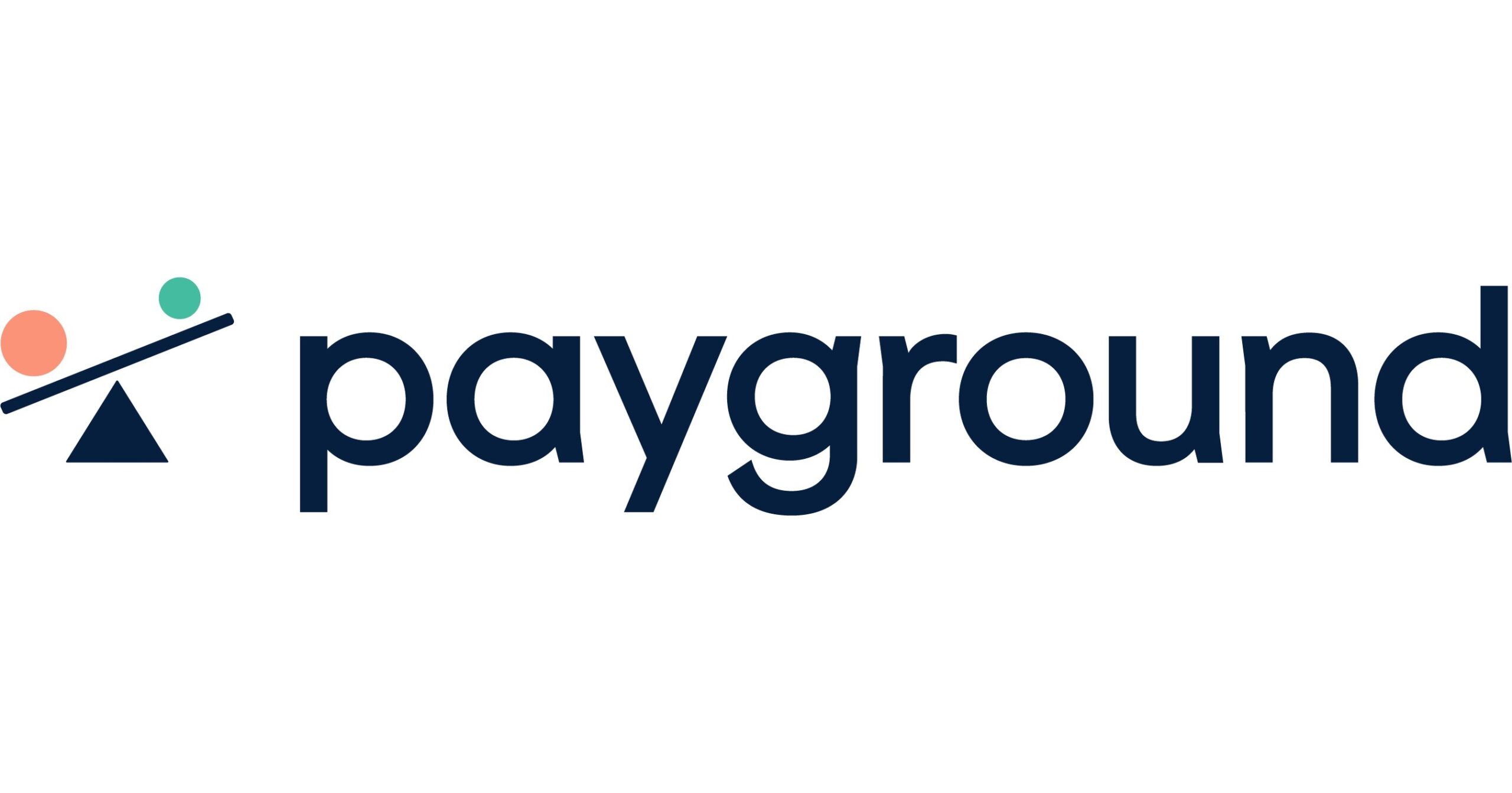



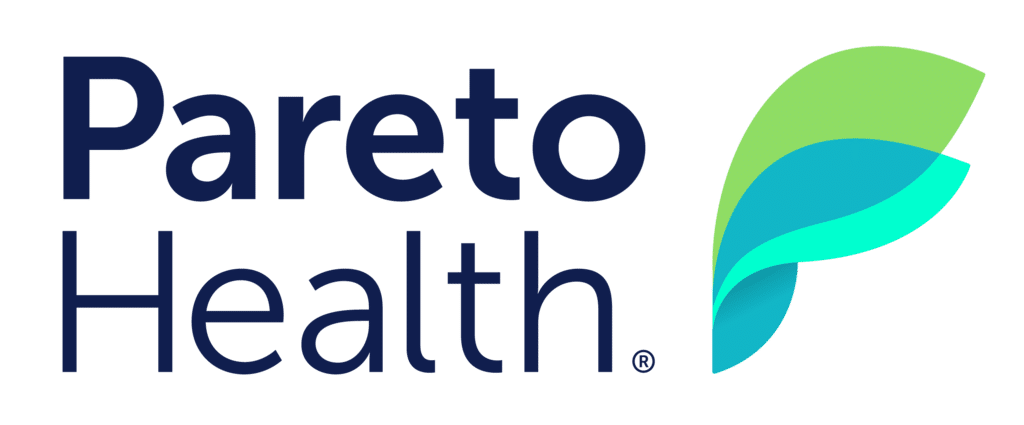
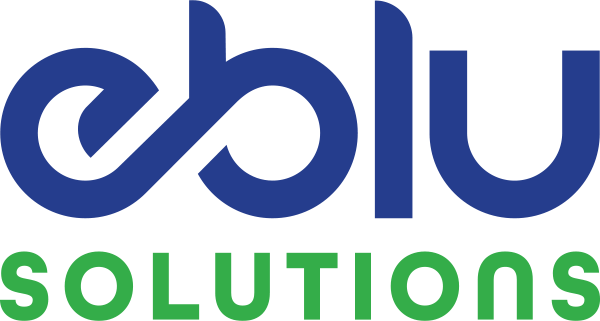

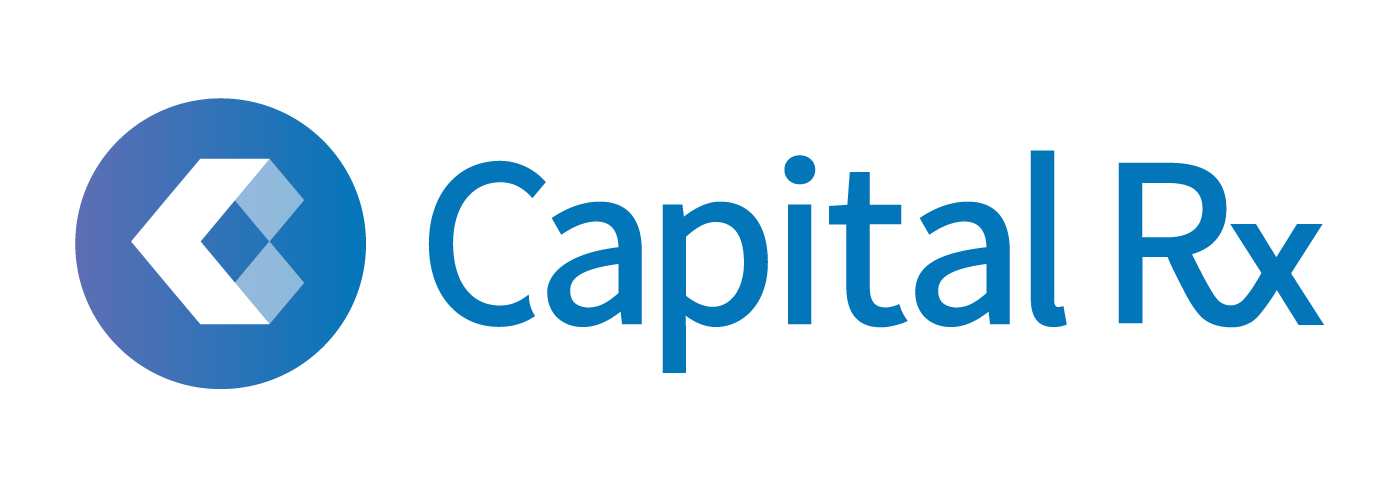
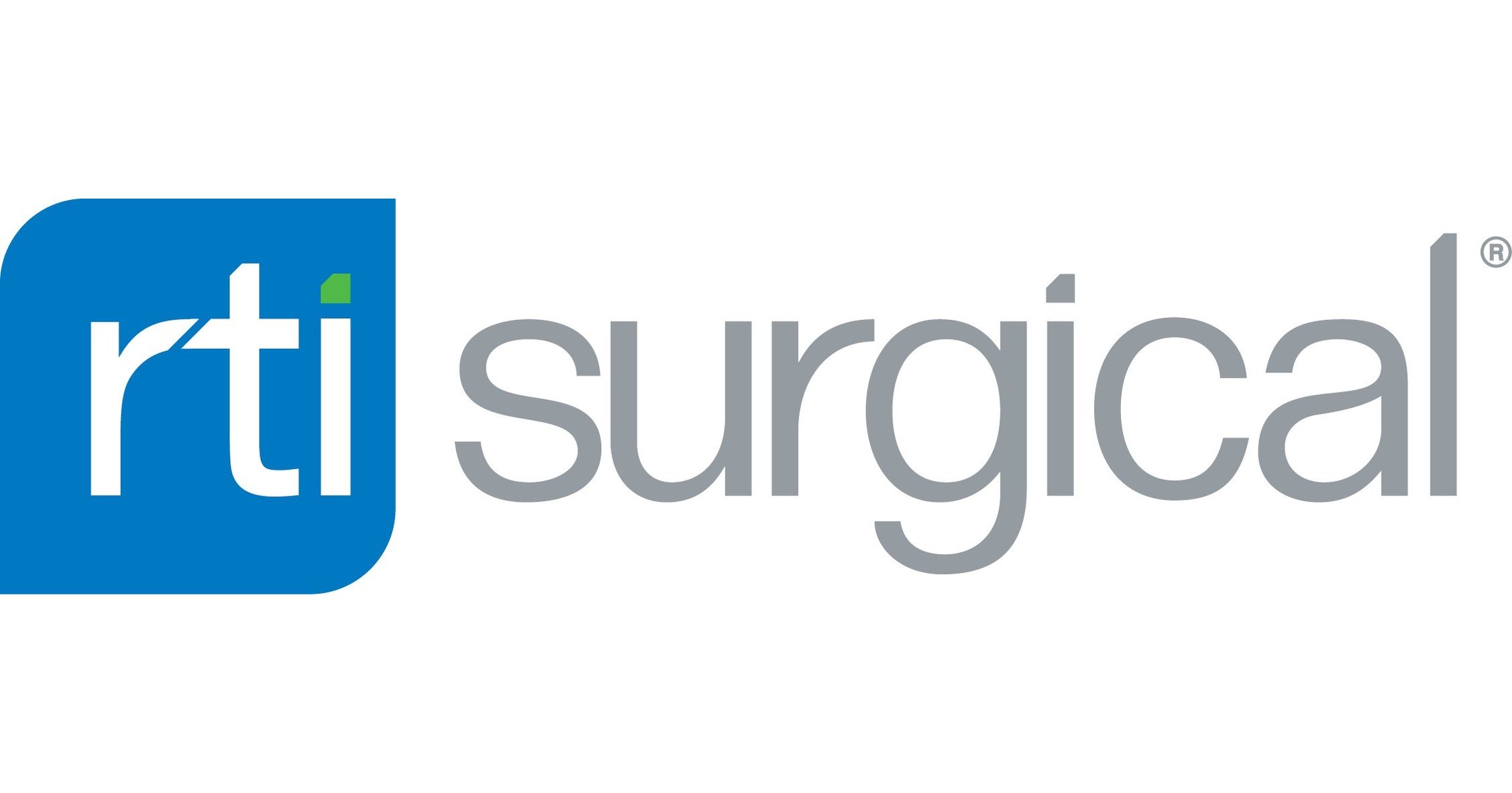


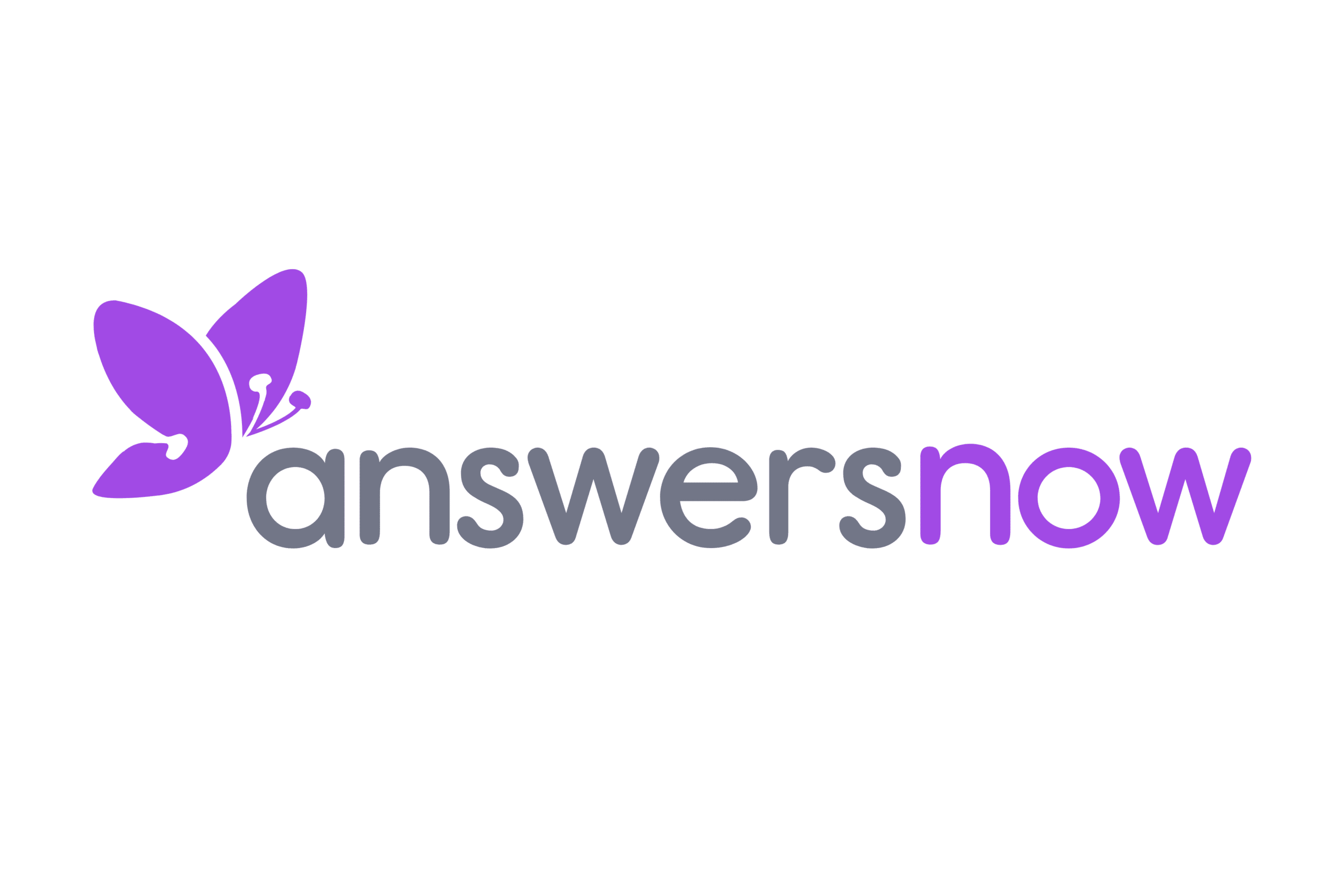
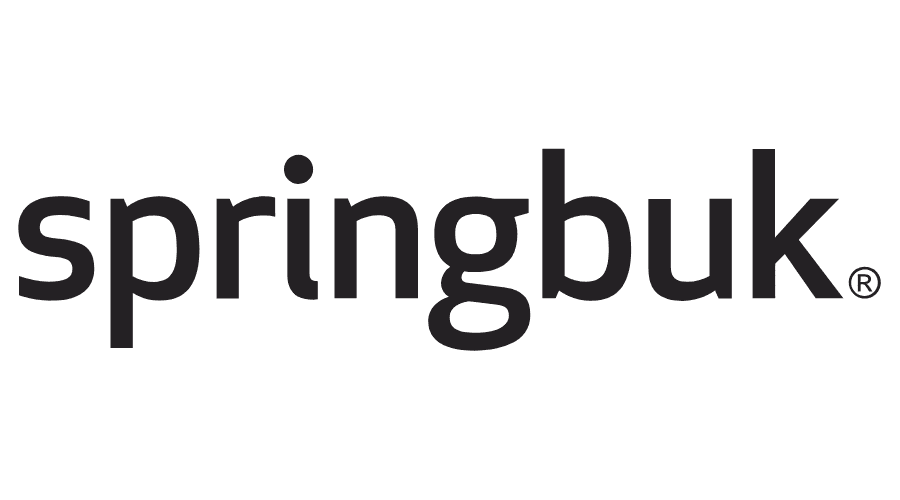



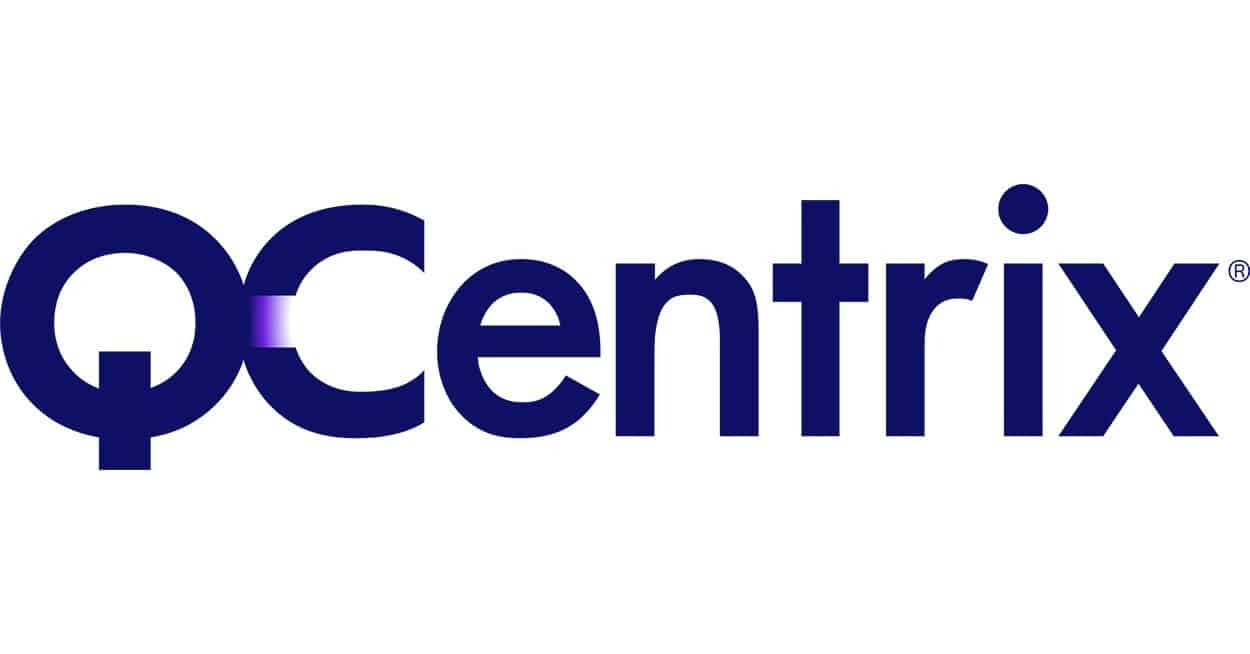





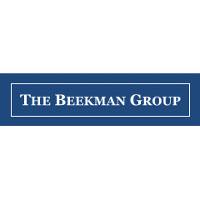



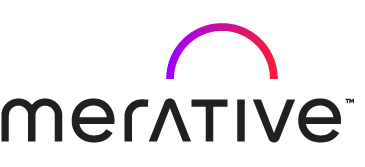

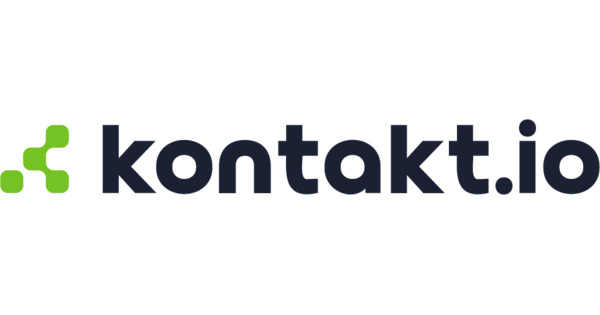

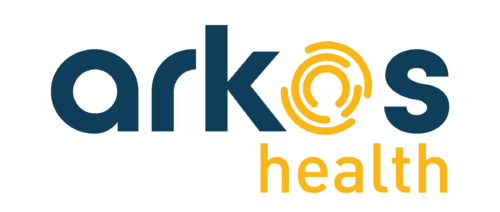














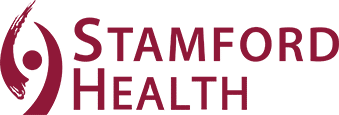






As many of you know, this is National Health IT Week and we thought it would be appropriate to focus this quarter’s Roundtable on the role of employers driving value-based care through innovative technology. According to the National Business Group on Health’s recently released 2018 health care strategy and plan design survey, almost two in five – nearly 40% – of employers are incorporating some “type of value-based benefit design” into their employees’ health plans next year. This statistic is consistent with the continued growth that we see of technology companies focused on employer benefit point solutions and aggregation platforms designed to drive employee engagement and customize employer benefits programs. To learn more about the key drivers behind this growth, we assembled the leaders from four well-known venture backed companies to share their insider perspectives.
THE PANELISTS
Mike Leonard is Senior Vice President of Sales and Growth at health navigation platform Castlight Health.
Jan Bruce is CEO and Founder of meQuilibrium, which uses behavioral psychology and software to help people and organizations optimize their potential through the power of resilience.
Rick Altinger is CEO of Glooko, a cloud- and analytics-based diabetes management platform for people with diabetes, care teams, and coaches.
Jason Langheier, MD, MPH, is the CEO and Founder of Zipongo, the leader in Food Benefits Management, driving Employee Engagement and Food as Medicine solutions to support the treatment of obesity, hypertension, hyperlipidemia, and type 2 diabetes.
As we approach the traditional enrollment period this Fall, what is your outlook for the self-insured employer market for digital health point solutions as they drive toward value based care?
LEONARD As we all know, little is certain about the health care market, but one thing remains constant: nearly half of all Americans have employer-sponsored healthcare. Ultimately, employers will need to find a way to effectively identify, procure, and deploy the right solutions that meet the needs of their employee populations and address the health care cost drivers unique to their workforce, rather than one-size-fits-all programs. On top of that, offering these solutions is not enough. Employers must also drive adoption and engagement with personalized communications, incentives, and other methods.
BRUCE I agree with Mike, benefits will increasingly be used to optimize employee potential and to keep good employees and make them more successful and satisfied—not just to safeguard the costs of healthcare and protect the bottom line, but for growing the topline. Human Resources is starting to leverage digital benefits solutions, way beyond first generation uses of tracking and cost control, to support engagement and performance. Why? Because these are increasingly recognized as key drivers of employee experience. HR’s role in creating and differentiating that experience is critical: benefits need to accrue to culture. Peter Drucker had it right: Culture eats strategy for breakfast and the war for talent is on.
ALTINGER With Glooko’s recent expansion from the provider space into employer, we expect to see over the next 2-3 years digital health solutions do three key things: 1) Make on-boarding to the digital health platform easy, fast, and seamless; 2) Make the digital health platform fun and engaging; 3) Utilize data, analytics, and AI solutions to engage employees in a personal and scalable way.
LANGHEIER The cultural shift from buying in person to buying online is now catching up with the world of food and employers are taking note. Almost a quarter of all Americans have bought groceries online, and meal kits are a $2 billion business and growing. Since nutrition is the number one determinant of health, this behavioral shift has huge potential for digital health solutions. The smartest and most ROI-focused employers are developing a cross-matrixed integration POV and not just assembling a collection of point solutions. Best-in-class behavioral change solutions addressing nutrition (Zipongo), physical activity (Fitbit), resiliency (MeQuilibrium), etc., will need to be able to integrate not just with each other, but with the employer’s Pharmacy Benefit Manager, Food Benefit Manager, etc.
Employers need help as they continually evolve in their quest to adopt new disruptive solutions. How do you see the role of health plans and benefits consultants vs. working directly with you as a vendor?
LEONARD The market dynamics make it critically important that we treat our mission to improve health care as a team sport. While working with large group employers and populations, we must also collaborate with traditional health and wellness providers, consultants, brokers, and business partners. This is one of the exciting areas we are advancing at Castlight with the integration of Jiff. In fact, all the other members of this roundtable are Castlight partners that offer their leading employee health solutions integrated into our platform.
LANGHEIER Health plans are gearing up to play a much bigger role in aggregating and distributing wellness solutions to employers. Historically, early adopters would pick up and test new solutions directly. As the market matures, however, health plans are working to bundle comprehensive offerings, often in collaboration with wellness platforms such as with Castlight and Anthem or Rally Health, Optum, and United. But at the end of the day, it’s about working with platforms that are effective at activating members with developing a relationship and leading to mutual sustained engagement and health outcomes. Mike—you and Castlight understand this, and are very focused on this vis-à-vis behavior change solutions like Zipongo and MeQuilibrium.
BRUCE Like Zipongo, meQuilibrium is agnostic. We are Switzerland. It all depends upon the employer’s strategy. Many of our customers now work with at least one of our channel distribution partners, if not several. So, what does that mean for our business as a pure play solution in employee resilience management? First, we want to understand their strategy around engagement, behavior, and culture. These help us understand how and where to engage. Second, we want to integrate at the points of highest value creation, where more of their employees are engaging. And last, because resilience is a foundational skill set impacting patient activation, behavior change, and performance, we want to cross-promote across platforms such as wellness, coaching, behavior, talent, learning, etc., while having a flexible API and data sharing capabilities.
With a focus on results impacting both quality of care and cost, how are employers ensuring that employees actually get engaged and use these digital health solutions?
LEONARD HR and benefits leaders know exactly how challenging employee engagement can be. Today’s employees expect a consumer-grade experience and instant access to the information they need, and their health benefits are no exception. Employers are adapting to this, offering personalized, user-focused health benefits programs, such as Castlight’s platform, which is designed to engage employees with an intuitive interface, mobile app, and timely, targeted communication and incentives. As technology transforms each industry, making it more convenient and personal, health benefits will have to keep up to sustain employee engagement. When was the last time any of us went to a bank branch?
ALTINGER Good point, Mike. Keeping members engaged and achieving results is a key part of any program. Glooko uses analytics and analytical models to understand user data so that we can deliver personal and relevant insights, content and encouragement to the member. We have found that strong, relevant interactions with the member keeps them engaged. We also partner with our customers and outside incentive companies like Castlight to offer incentives to keep utilization strong.
BRUCE We are seeing the emergence of culture and employee experience as a critical focus to many of our clients, pushing innovation in the way our program, and many of our partners’ solutions, are deployed and promoted over time. For example, meQuilibrium is becoming embedded in their business operations by integrating our resilience solution into employee on-boarding and partnering with Learning & Development organizations to build agile teams and culture.
LANGHEIER Jan’s approach here makes sense, but for Zipongo’s focus on nutrition, we think people are becoming more and more distrustful of the media and advertisers as sources of information—especially around food. They’re confused with all of the mixed messages out there, and clear on the misaligned incentives of companies’ desire for growth vs. one’s individual freedom or the needs of their family. Employers are more often seen as a trusted voice around certain areas like health, where incentives are aligned. And most of the growth in compensation over the last couple decades has been benefits, not salary! Employers have been creating an amazing set of activation channels beyond enrollment, including biometric screening, onsite health clinics, wellness platforms, and incentives. That said, there’s more work to do now to properly integrate into those workflows, in a collaborative fashion with the likes of vendors participating in this Roundtable today, and our mutual employer customers.
















































































































































































































































